Our rankings generally exclude schools with a student population below 2,000, although in states with fewer than five big schools we considered smaller ones as well. The list also excludes any schools that tailor to a particular faith or identify with a particular racial or cultural heritage.
Here’s what we found.
Rhode Island — Johnson & Wales University - Providence
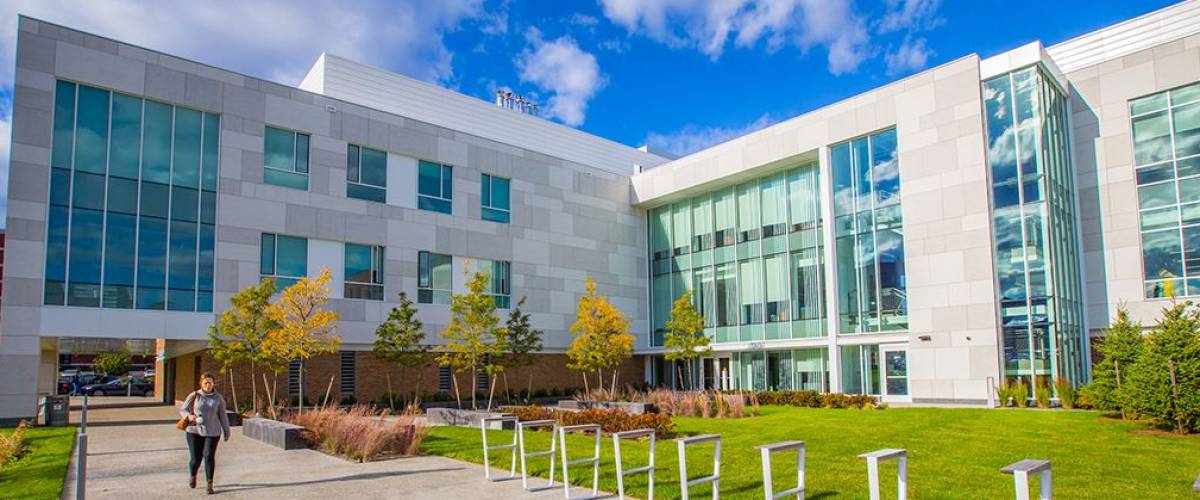
Advertisements
- Average net price per year: $28,089
- Median earnings six years after graduation: $38,800
The cost to attend Johnson & Wales - Providence is steep — more than $12,000 above average, after taking financial aid into account. It’s hard to save up that much on your own, so the typical debt load for student borrowers is an uncomfortable $36,804 over four years.
For all that money you’d think you’d earn a decent wage once you graduate, but the median salary for alumni after being in the workforce for six years is only $5,000 higher than the national average.
“Really expensive and ridiculously easy,” a sophomore comments. “Their degrees won’t give you a competitive edge in your desired field.”
New Hampshire — Southern New Hampshire University
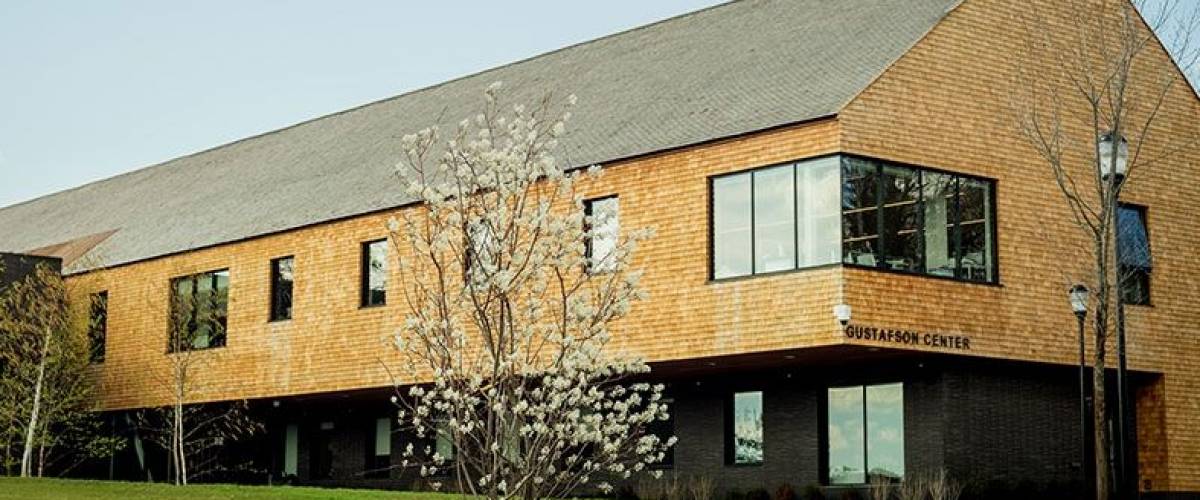
- Average net price per year: $34,984
- Median earnings six years after graduation: $45,400
Southern New Hampshire University is the home of the Penmen — and a pen will certainly come in handy when it comes time to sign the school’s hefty tuition checks.
The net price per year is more than twice the national average, and the average student loan debt of $30,044 for a four-year program is also very high.
Oftentimes, the difficulty of keeping up with those payments becomes too much. SNHU students who take on student loans default on them 12.4% of the time.
“It is a non-profit but acts as a for-profit,” a graduate writes. “Very money-oriented college, but you get little for what you pay for. It is basically a diploma mill.”
Nevada — Sierra Nevada University

- Average net price per year: $30,352
- Median earnings six years after graduation: $42,100
Sierra Nevada University is one of the smaller schools on our list, since options for medium- and large-sized colleges in Nevada are limited.
On average, Sierra Nevada grads earn a decent wage once they’ve been in the workforce for a while, but the cost to get that education is very steep.
The average student loan debt over four years is $21,524, and the graduation rate of 47% is just slightly lower than the national average.
“This college was not the best in my opinion,” one freshman comments. “I felt like I didn’t have any growth in my major and no room for growth otherwise. It’s extremely expensive and in my opinion not worth it.”
Virginia — ECPI University - Virginia Beach

- Average net price per year: $18,664
- Median earnings six years after graduation: $34,600
You’ll drop a few extra grand if you decide to attend ECPI University - Virginia Beach, compared to the national average, but you shouldn’t expect to see your earnings skyrocket as a result.
Nonetheless, plenty of people are piling on debt to make it happen, taking on an average burden of $36,644 for a four-year program. With high debt and lackluster returns on their education, ECPI students are defaulting on their loans 13.7% of the time.
“I would not choose this school again,” a senior writes. “It is a degree factory and they don’t care if you actually learn anything.”
Oklahoma — Northeastern State University
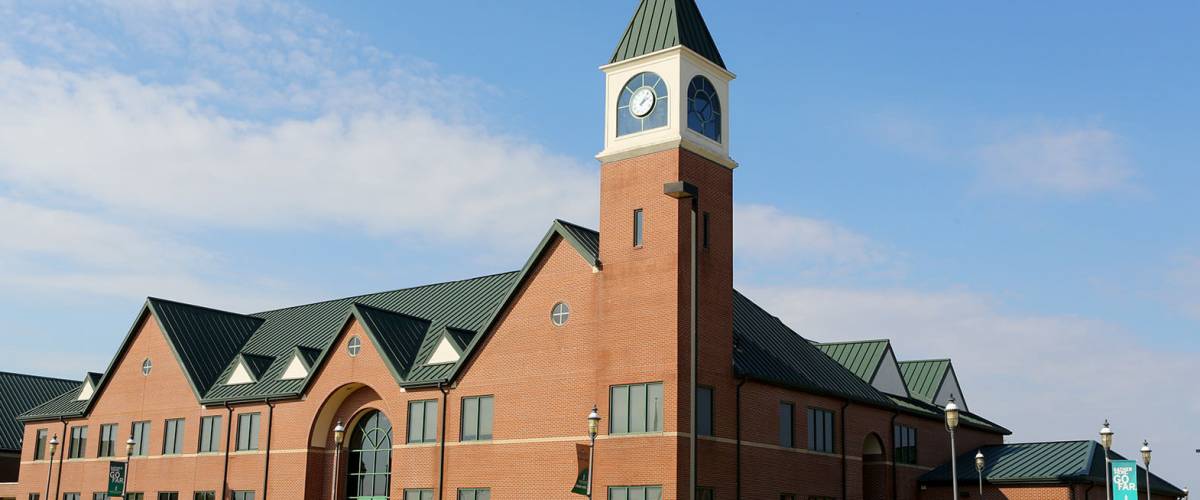
- Average net price per year: $9,138
- Median earnings six years after graduation: $35,800
While tuition at Northeastern State is low compared to some of the other schools on this list, everything else — including your expected salary — is merely adequate. Student loan debt for four years averages $20,324.
You won’t find it hard to get into NSU, but you may not make it all the way through. Even though the school has an acceptance rate of 98%, only 35% of the students who enroll actually graduate.
“Not many career prospects here at the campus since it is such a small city,” a junior writes. “I’m not even sure if I’ll be able to get a local job once I get my degree. I’ll most likely have to search in another city.”
Massachusetts — Berklee College of Music
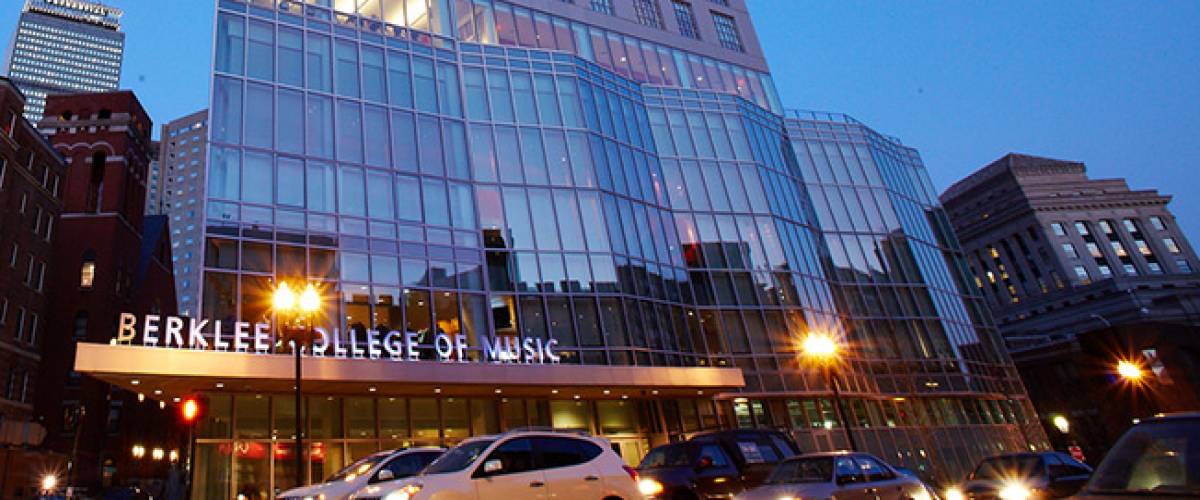
- Average net price per year: $43,799
- Median earnings six years after graduation: $30,300
If you want to attend Berklee College of Music, you’ll need to have skills; the acceptance rate is only 48%. You’ll also need to have access to some serious cash, since the net price of tuition is more than $28,000 higher than the national average.
As a result of the high cost to attend, the average debt for Berklee students who take out loans is $51,280 over four years. That’s over $21,000 higher than the median salary for alumni after six years in the workforce — that is, if you can find a job.
“It's the Berklee College of Money, overpriced and under-valued,” an alum writes. “In Boston, people will view you as a sucker for attending because everyone has met the kid drowned in student loan debt that works a mediocre, dead-end job waiting to ‘make it.’”
Illinois — Columbia College Chicago

- Average net price per year: $31,269
- Median earnings six years after graduation: $34,400
The average price to attend Columbia College Chicago after financial aid is quite high — more than twice the national average.
And while the median earnings six years after graduation are slightly above average, they’re only a few thousand dollars higher than the typical debt burden of $31,824 after a four-year program.
On top of that, a number of students have commented that the price of housing on campus is extremely high.
“Housing is ridiculous,” writes one junior. “I mean, an extra $14,000+ just to live for two semesters?! CRAZY.”
Michigan — Henry Ford College
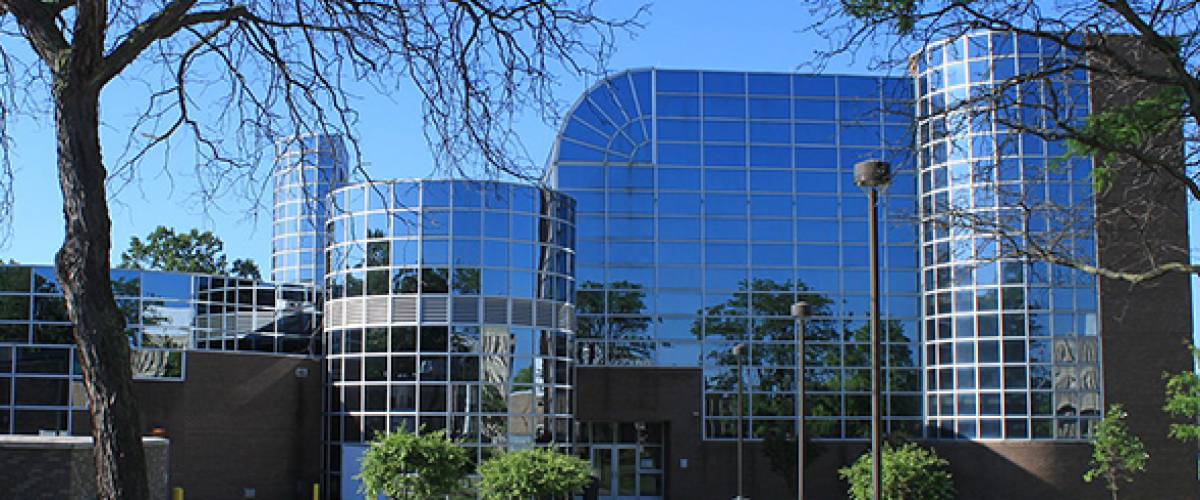
- Average net price per year: $3,299
- Median earnings six years after graduation: $31,400
The net price of attending Henry Ford College is shockingly low, but so is its graduation rate. Despite an acceptance rate of 100%, only 6% of students graduate. Yes, 6%.
Those who do manage to make it out with a degree earn a median salary after six years in the workforce that’s below the national average, and at 21.8% the rate of default on student loans is extremely high.
“Go anywhere but here,” a senior writes. “I’d even say don’t go to college at all before you go here. It’s a college that only cares about money and not its students at all.”
"New York — CUNY Medgar Evers College
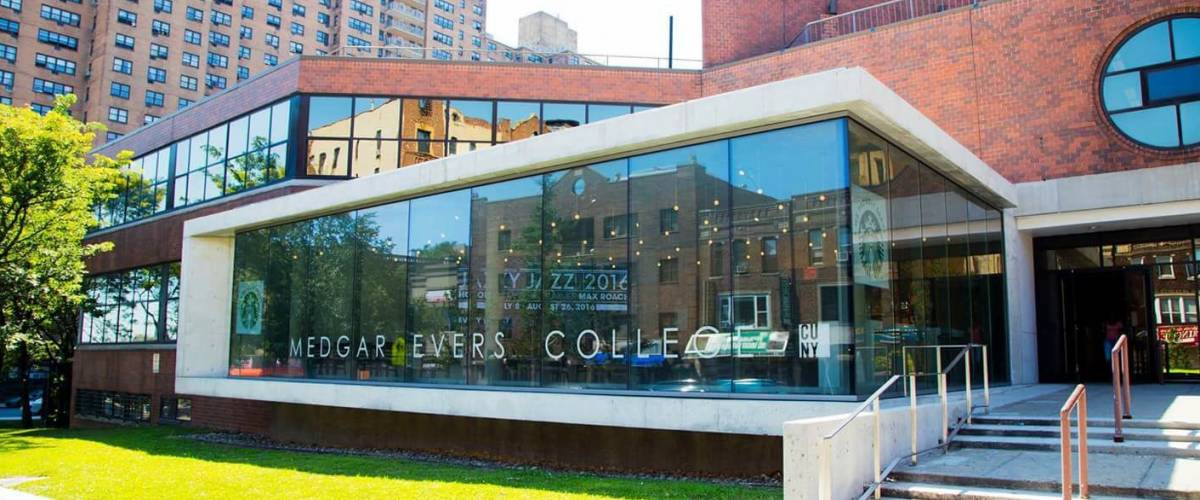
- Average net price per year: $6,677
- Median earnings six years after graduation: $35,900
Compared to some of the schools on this list, the net price of tuition at CUNY Medgar Evers College is extremely affordable, and the average student loan debt is only $13,256 over four years.
The median salary six years after graduation is also a few thousand dollars above the national average.
However, while the school welcomes all students with open arms, very few make it through to the end. The graduation rate at Medgar Evers is a measly 13%.
“You can attend class there, be an A student and fail the class,” a sophomore writes. “The nursing program standards are unobtainable.”
"Alaska — University of Alaska Anchorage
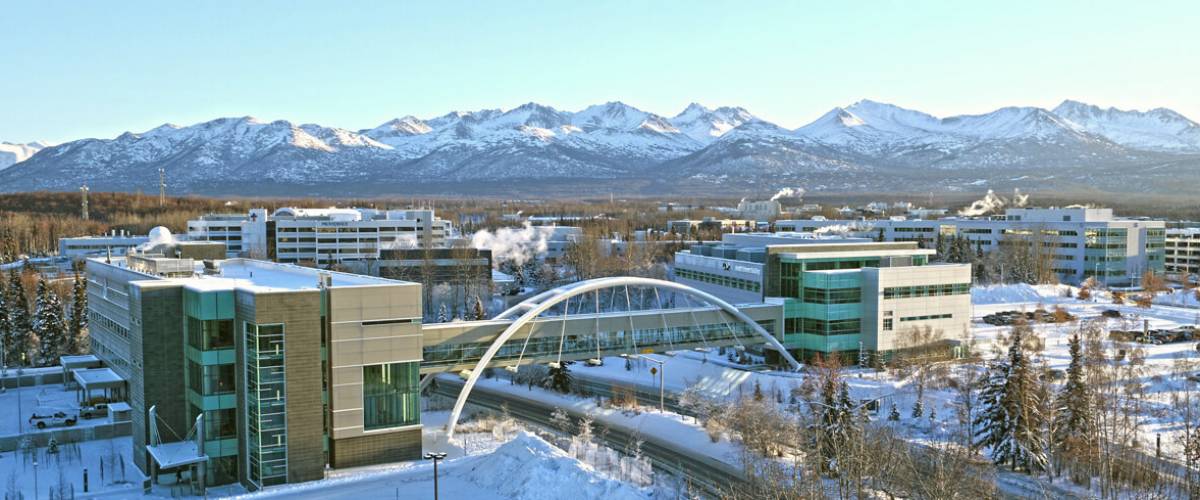
- Average net price per year: $13,288
- Median earnings six years after graduation: $45,400
Alaska only has a few options when it comes to colleges; as it turns out, even the school with the worst value ranking isn’t all that bad.
The University of Alaska Anchorage may have a below-average graduation rate of 30%, but tuition is pretty cheap and the median salary six years after graduation is decent. You can expect to earn a salary that doubles your total student loan debt of $22,140.
Not everyone is satisfied with their experience, however.
“The organization as a whole is terribly managed with little to no regard for the future of its students,” comments a reviewer, who's a senior. “The university will milk the students for money at every opportunity.”
"Iowa — Waldorf University
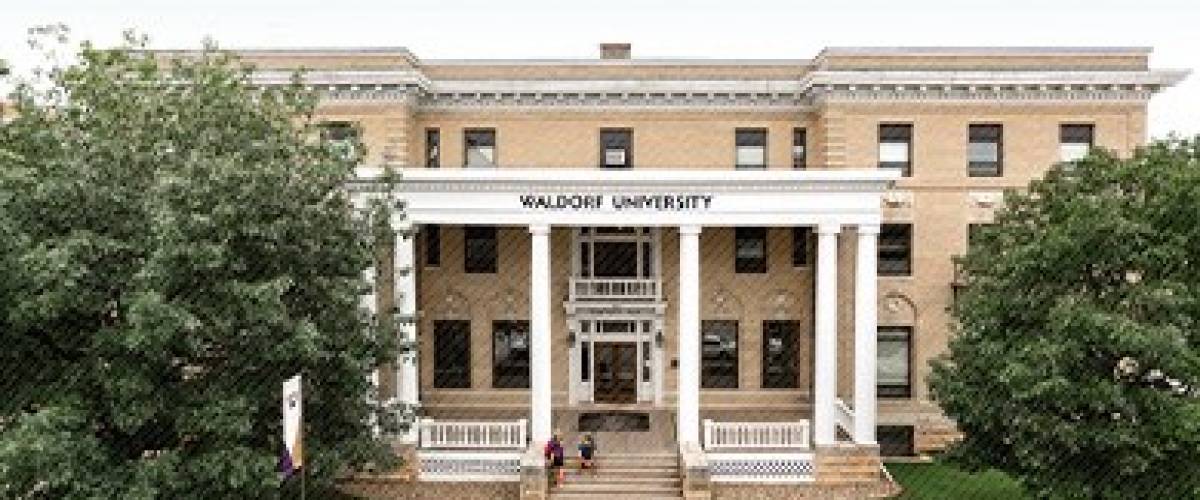
- Average net price per year: $19,983
- Median earnings six years after graduation: $37,800
The cost to attend Waldorf University is high, though graduates do earn a median salary of $37,800 — a few thousand dollars above the national average — after six years in the workforce.
You can expect to rack up $28,340 in student debt over four years at Waldorf — also quite steep — although only 7.7% of borrowers end up defaulting on their loans.
“After being accepted and completing a year, I was told that I had exhausted my financial aid,” writes a senior reviewer. “I am a single mother and unemployed and cannot afford to pay the amount of money requested on my own.”
"Vermont — Goddard College

- Average net price per year: $23,187
- Median earnings six years after graduation: $25,400
Goddard College is another small school that made our list due to a shortage of medium- and large-sized options in the state.
It costs quite a bit extra to attend Goddard, but after six years in the workforce you can expect to make $7,628 less than the national average. That’s not particularly inspiring, especially when the typical borrower is taking on a painful $31,452 in debt for their four-year program.
“It was a unique experience,” a grad student comments. “Very welcoming and open to all various educational opportunities, [but] there was little support as far as advising.”
"Maryland — Frostburg State University
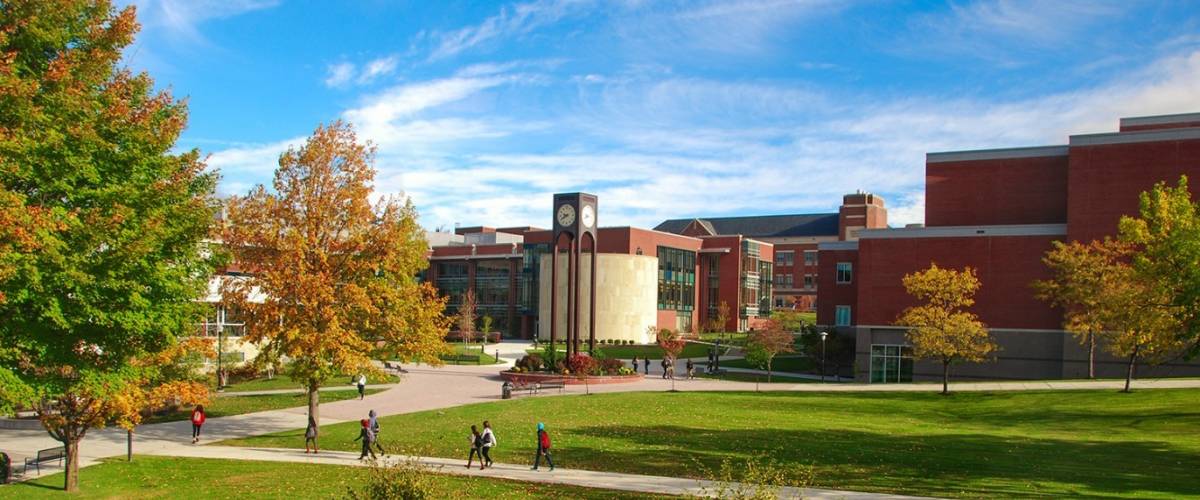
- Average net price per year: $13,980
- Median earnings six years after graduation: $44,600
The net price of tuition at Frostburg State is lower than the national average, and graduates earn a strong median salary after being in the workforce for six years.
However, the average student loan debt over four years is $28,628, which is high compared to some of the other schools on this list.
“Frostburg is a very affordable college for the education it provides,” a junior comments. “However, the school could use renovated classrooms and dormitories as many of them are outdated. Frostburg is a very small town, so there is not a whole lot to do around the immediate area.”
"Texas — Tyler Junior College
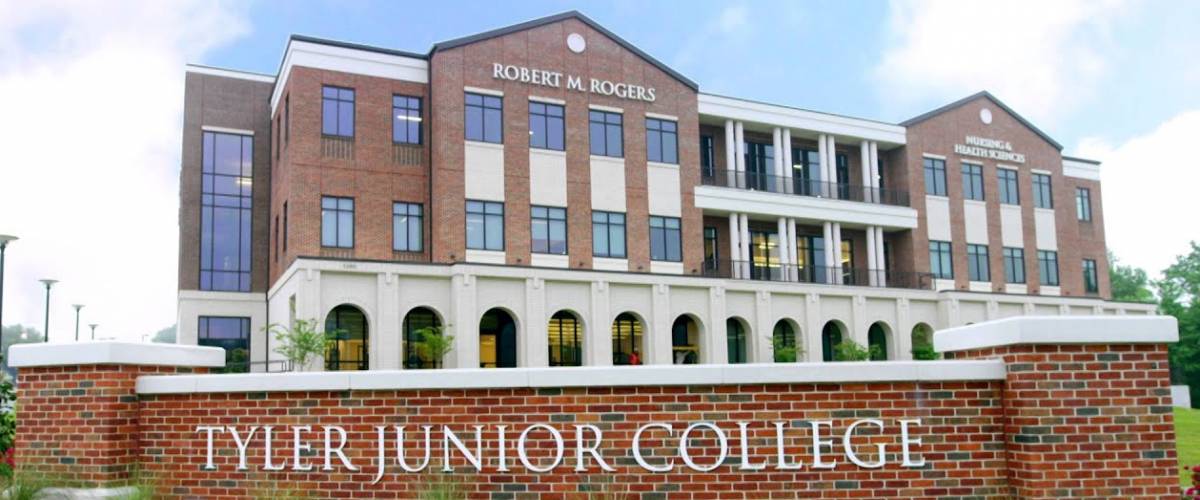
- Average net price per year: $9,484
- Median earnings six years after graduation: $32,500
Don’t get us wrong, Tyler Junior College is certainly cheap — but the graduation rate is only 19%, and the median salary after graduating is a bit below the national average.
Student borrowers should also be careful with their budget, as the loan default rate is an extremely high 18.8%.
“Overall, a very average experience,” a sophomore writes. “Most of my professors seemed not qualified to be teaching and not very knowledgeable in their respective fields.”
"New Mexico — Brookline College - Albuquerque
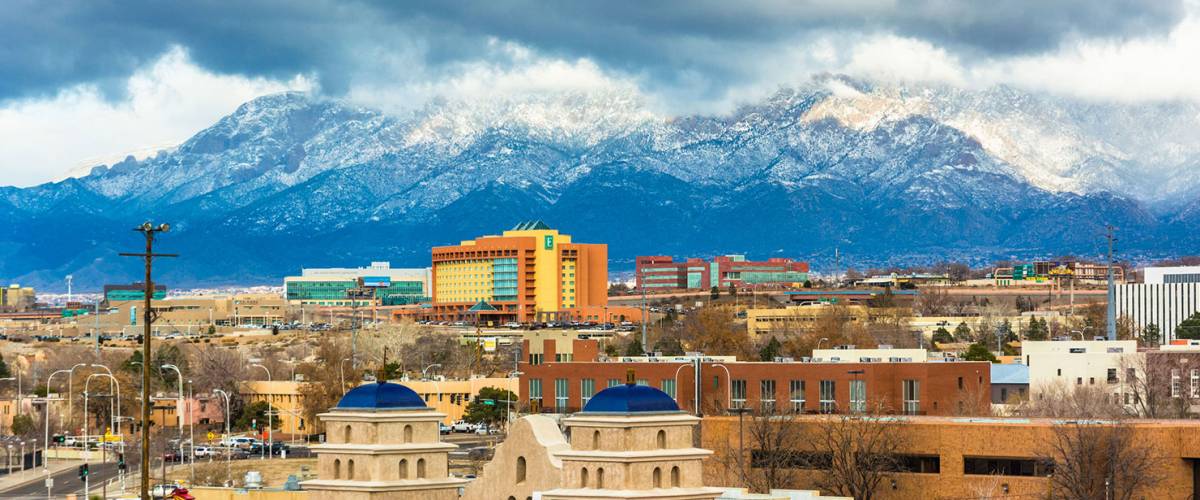
- Average net price per year: $25,206
- Median earnings six years after graduation: $21,900
Brookline College - Albuquerque is another of the small schools we included due to limited options for medium- and large-sized colleges in its state.
Unfortunately, sometimes good things do not come in small packages. The net price of tuition per year is almost $10,000 above the national average, and the median earnings six years after graduation are more than $11,000 below average.
On top of that, the average student loan debt over four years is ridiculously high at $51,636, and as a result more than 20% of borrowers default on their student loans.
“They don’t really help with getting a job in your field,” comments one graduate. “I have a degree and still can’t get into my career field. Waste of time and money.”
"Missouri — Missouri Southern State University
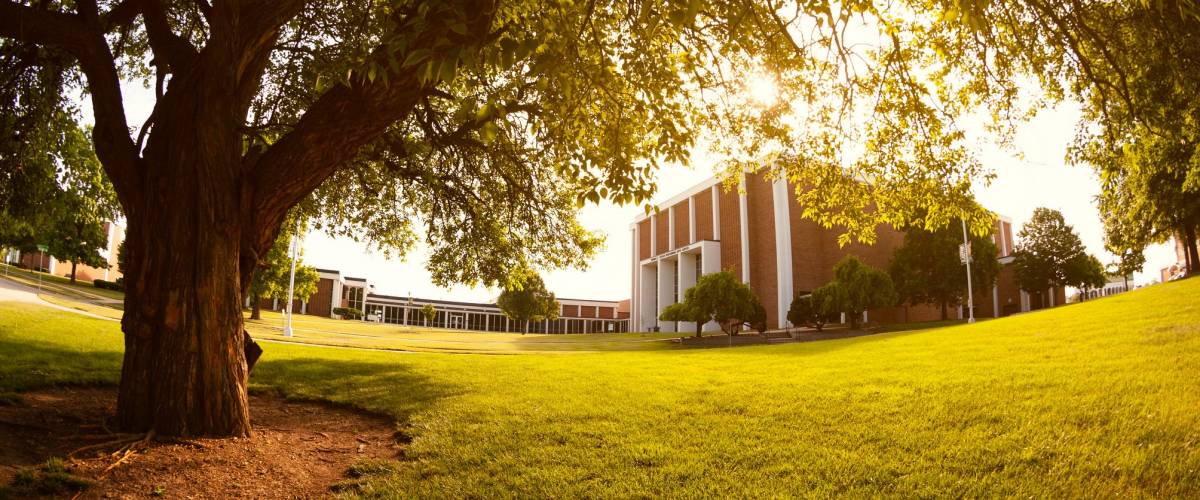
- Average net price per year: $9,446
- Median earnings six years after graduation: $33,300
While the net price of tuition at Missouri Southern State University is low, the median earnings six years after graduation are decidedly mediocre.
Students who take on loans wind up with an average debt of $19,488 over four years, and the loan default rate is 11.4%, which is slightly higher than average.
“The education I earned was bogus,” writes a junior reviewer. “I didn’t learn anything, rather just received a piece of paper that said I graduated. Unnecessary fees and charges will hit you in every direction.”
"Delaware — Delaware Technical Community College - Terry
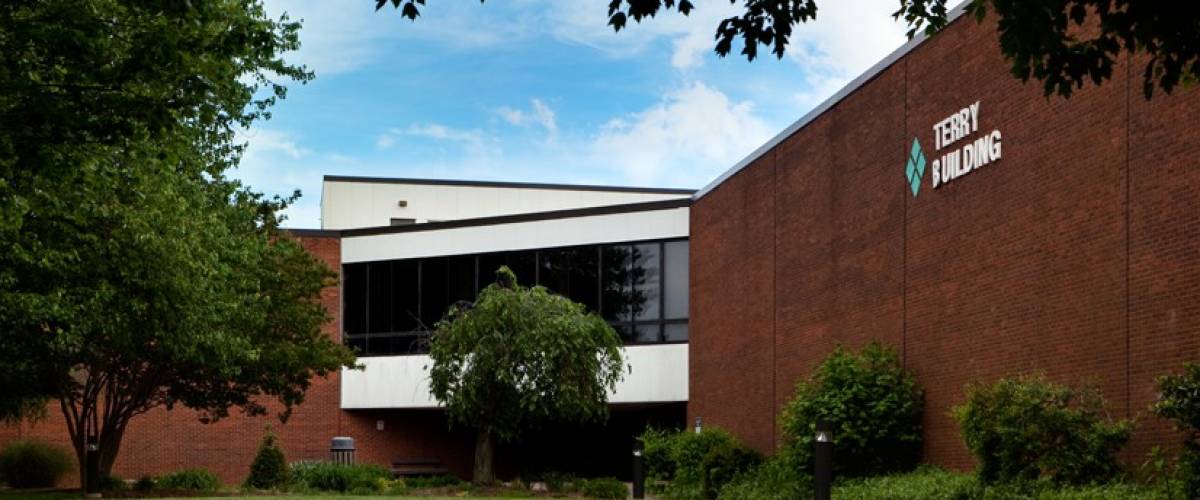
- Average net price per year: $8,261
- Median earnings six years after graduation: $31,300
Delaware Technical Community College has affordable tuition, but the average salary for graduates after six years in the workforce is a little lower than the national average.
Student loan debt is relatively low at $12,980 over four years, but graduates are still wrestling with it. The loan default rate is 13.4%, which is higher than average. On top of that, the school has a 100% acceptance rate, but only 14% of its students graduate.
“I have not been made aware of any post-grad services or job opportunities,” a junior comments. “It is always about who you know or who you run into. The responsibility of seeking a degree-related job is primarily on the student.”
"South Dakota — Black Hills State University
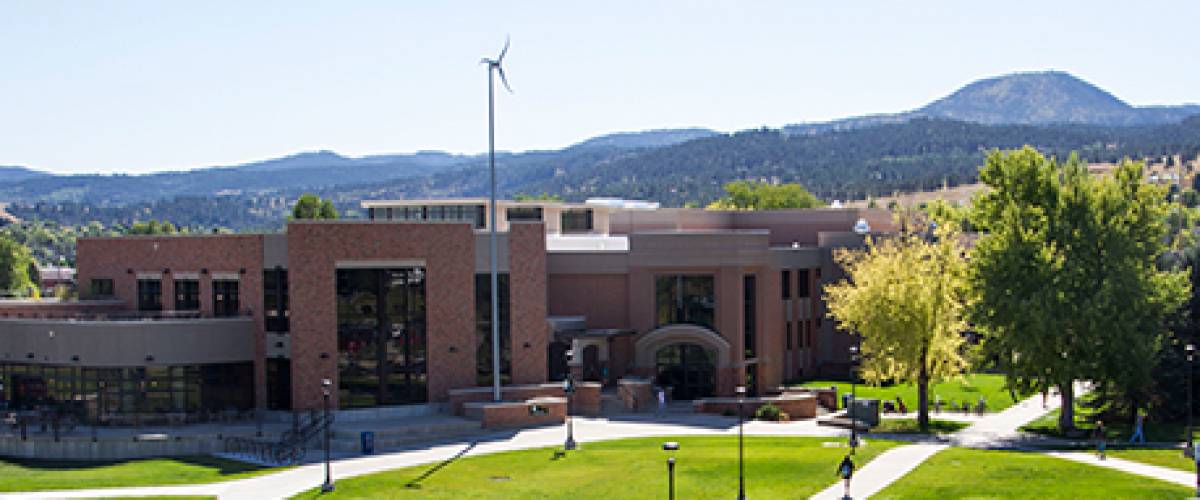
- Average net price per year: $15,317
- Median earnings six years after graduation: $35,900
The net price for a year studying at Black Hills State is close to the national average, but many South Dakotans have to stretch themselves to attend.
Those taking out a student loan end up with around $28,250 in debt for a four-year program.
Although the graduation rate at Black Hills is only 34%, the good news is that 93% of alumni are employed within the first two years of graduating.
“It's a great school. Professors are awesome, as are the counselors and advisors,” a sophomore writes. “The Financial Aid department is very unpleasant, not just because the school is ridiculously expensive, but the people staffed there are standoffish and are not helpful.”
"Hawaii — University of Hawaii - Maui College

- Average net price per year: $10,373
- Median earnings six years after graduation: $29,900
Since Hawaii has limited options for medium- and large-sized schools, Maui College at the University of Hawaii is one of the small schools included on our list.
The net price of tuition at Maui College is lower than average, but so is the median salary six years after graduation.
While the average student loan debt of $19,864 over four years is lower than some of the other schools on this list, the loan default rate is 23% — more than twice the national average. On top of that, the graduation rate is only 16%
“The university is a pay-for-what-you-get school,” writes a Maui College graduate. “The campus needs updates. The career options are limited.”
"Wisconsin — University of Wisconsin - Parkside
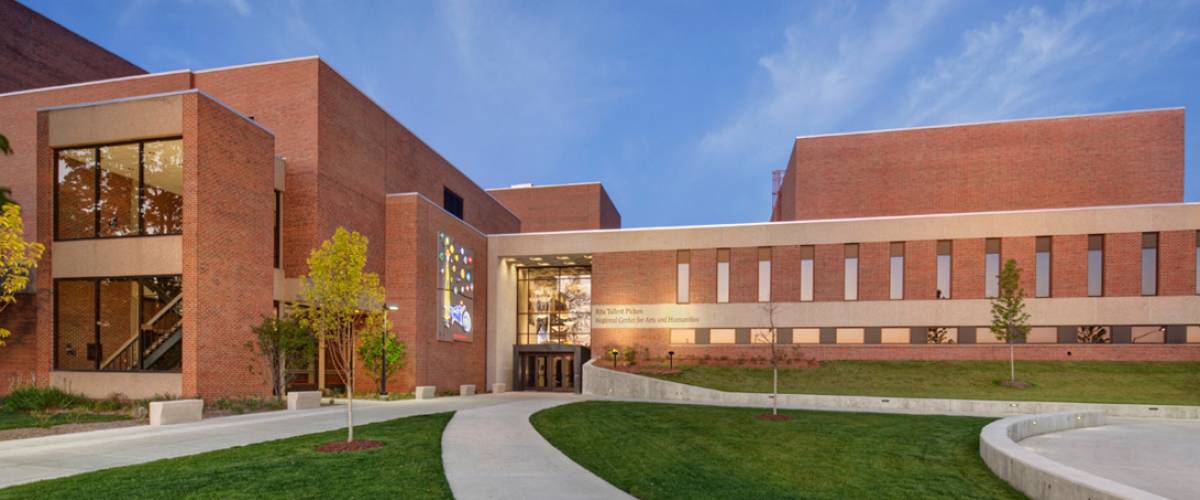
- Average net price per year: $10,409
- Median earnings six years after graduation: $39,900
When it comes to medium- and large-sized schools, Wisconsin doesn’t have many bad options. The worst value is a B- from the University of Wisconsin - Parkside, despite its below-average tuition and above average salary for experienced workers.
That said, it’s not an easy ride by any measure — the acceptance rate is only 67%, and the graduation rate is a mere 38% — and not every student ends up satisfied.
“This college is concerned with attaining revenue rather than providing instruction that provides a returnable value,” a grad student comments. “Spend your money elsewhere.”
"Kansas — Wichita State University
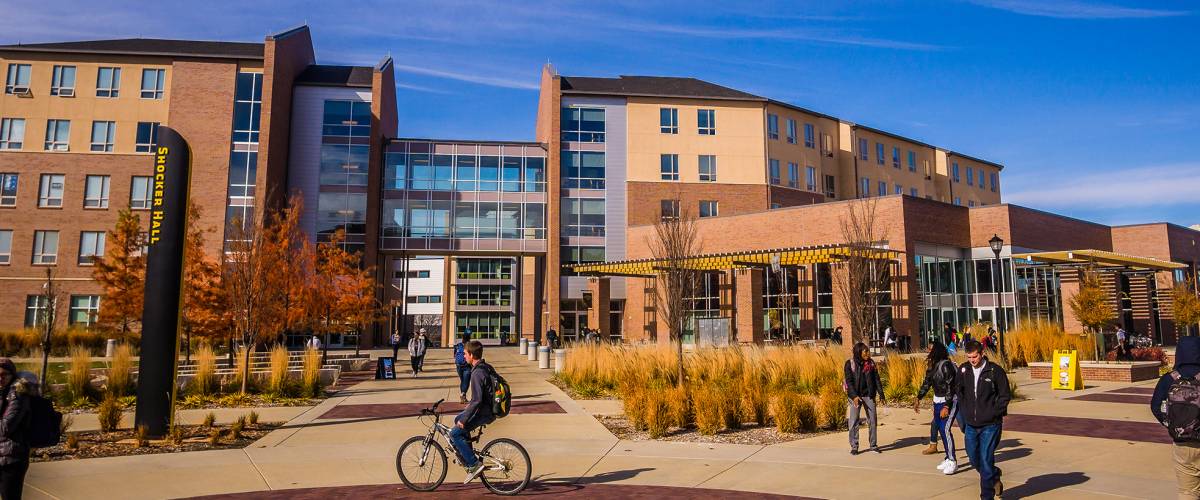
- Average net price per year: $14,256
- Median earnings six years after graduation: $40,400
Wichita State University’s tuition costs are a little below average, and the median salary six years after graduation is actually pretty decent.
However, many former WSU Shockers find the final size of their student debt to be — you guessed it — a shocker. The average debt over four years is $32,636.
Graduates’ solid salary does seem to help, though, as the loan default rate is just 8.5%.
“The school does not prepare students to be excellent in the workforce,” a junior says. “Everyone gets by with easy grades — little to no training in professional ethical practices.”
"North Carolina — University of North Carolina at Pembroke
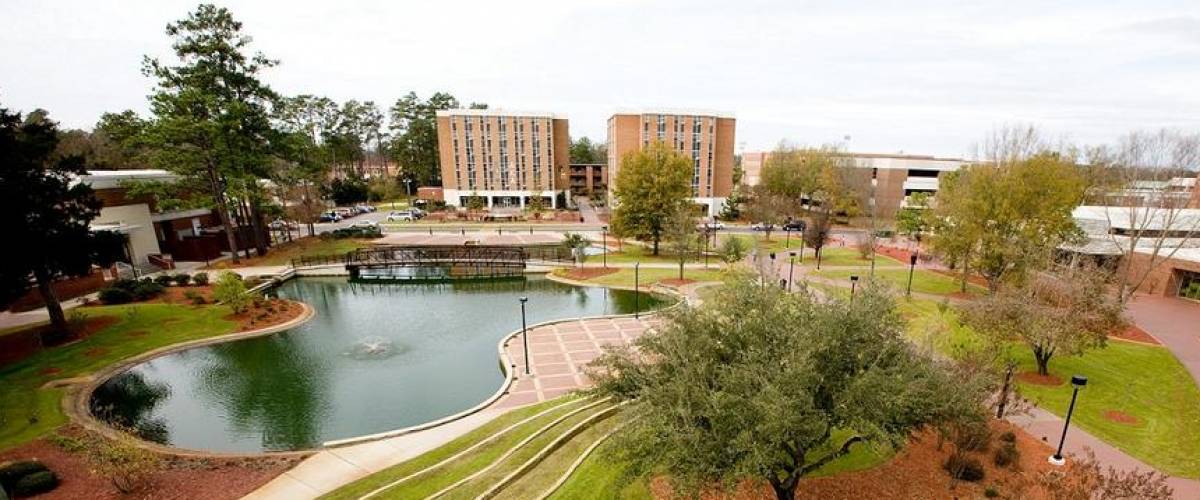
- Average net price per year: $11,576
- Median earnings six years after graduation: $34,400
The University of North Carolina at Pembroke is a decent institution that isn’t failing its students but is failing to impress.
The school has reasonably affordable tuition, but the median salary you can expect to earn after six years in the workforce is about average.
Students who take on loans to pay for their time at UNC Pembroke typically wind up with $22,368 in debt, and the rate of borrowers who default on their loans is consistent with the national average.
“UNCP does not look out for their students like they say they will,” says one reviewer, a senior-year student. “There are some good professors, but there are a lot who are just there to get a check. I feel as if they do not care for the students like they said they would.”
"Louisiana — McNeese State University
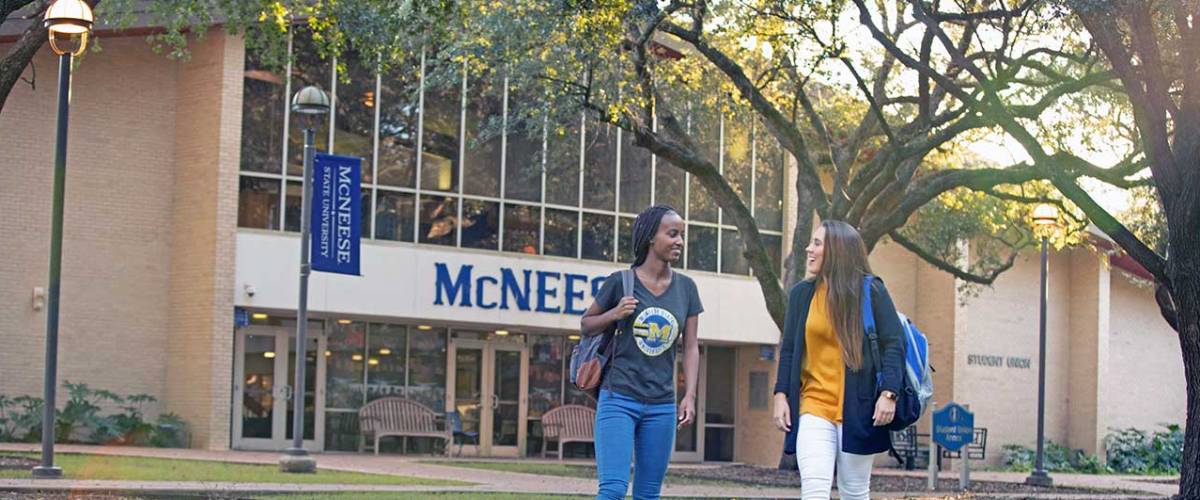
- Average net price per year: $9,985
- Median earnings six years after graduation: $38,200
Although it ranks at the bottom for Louisiana, McNeese State University isn’t terrible when it comes to value. The net price to attend is relatively inexpensive, and the median earnings six years after graduation are more than $5,000 higher than the national average.
McNeese State students who take out loans typically carry a debt of $19,816 over four years, and the rate of defaults is 13.6%, which is higher than average.
“If you really value your education, you should seek out other opportunities,” a grad student writes. “Teachers are complacent, curriculum is outdated, and campus is dilapidated. Only good aspect is the cost compared to larger universities. However, the cost is disproportionate to the learning value.”
"Washington — Olympic College
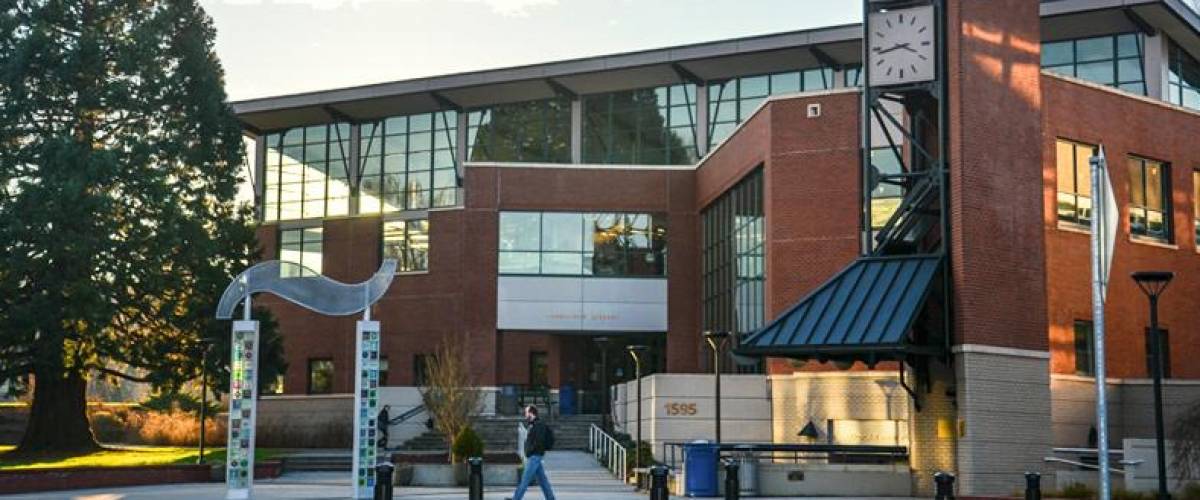
- Average net price per year: $5,626
- Median earnings six years after graduation: $33,200
Tuition at Olympic College in Bremerton, Washington, is dirt cheap, so if you’re just looking for a passable education, this school might be an OK pick. The median salary for graduates after six years in the workforce is almost exactly the national average.
That said, the graduation rate at Olympic is only 24%, and a larger-than-average percentage of students (17.8%) default on their student loans.
“It’s a decent school to get an associate’s degree at, but of course it’s nothing special,” writes one freshman reviewer. “This was like being back at high school, just with more freedom.”
"Colorado — Pikes Peak Community College
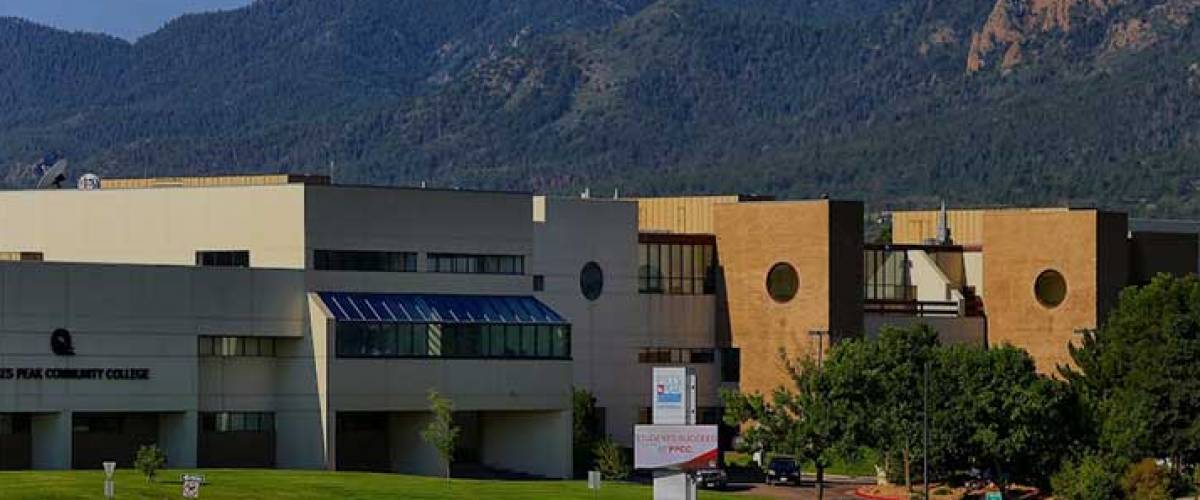
- Average net price per year: $8,858
- Median earnings six years after graduation: $31,300
Despite the fact that the typical student loan debt at Pikes Peak Community College is low at only $16,296 over four years, graduates seem to struggle to pay it off. The loan default rate is high: 13.7% according to the school.
Advertisements
Its graduation rate is low: 23% according to the school.
"This number has a lot to do with the high transience of our population," says Karen Kovaly, a public relations coordinator at Pikes Peak. "With four military installations in the city, 26% of our students are military-affiliated and move on to another post prior to attaining a degree."
While most students speak fondly of the learning environment and their professors, others were more than ready to move on.
“They can be as awful as they want, and people will still go here because it’s cheap and they have no other options,” writes one freshman. “The attitude I got from the higher ups ... is that they couldn’t care less about me, my grades, my life, my hopes for a degree, nothing.”
"Minnesota — Bemidji State University
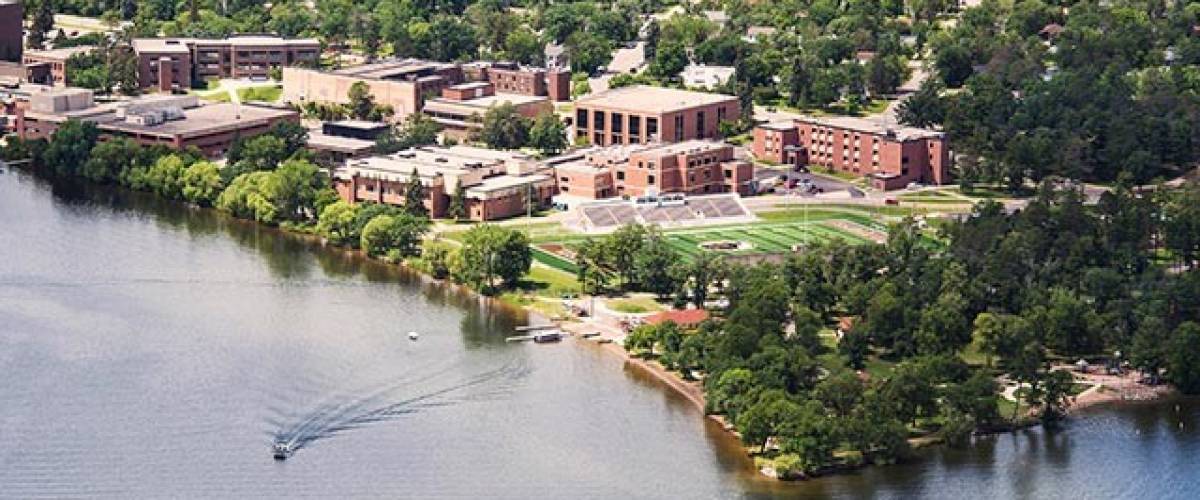
- Average net price per year: $14,814
- Median earnings six years after graduation: $40,600
The net price to attend Bemidji State University is slightly lower than average, and the median earnings six years after graduation are decent, but the average debt for students who take out loans is high: $31,052 over four years.
“I would honestly give the instructors a much higher rating, but the financial aid office dropped the rating,” says one senior. “They are less than helpful at finding alternate funding.”
"Pennsylvania — Edinboro University
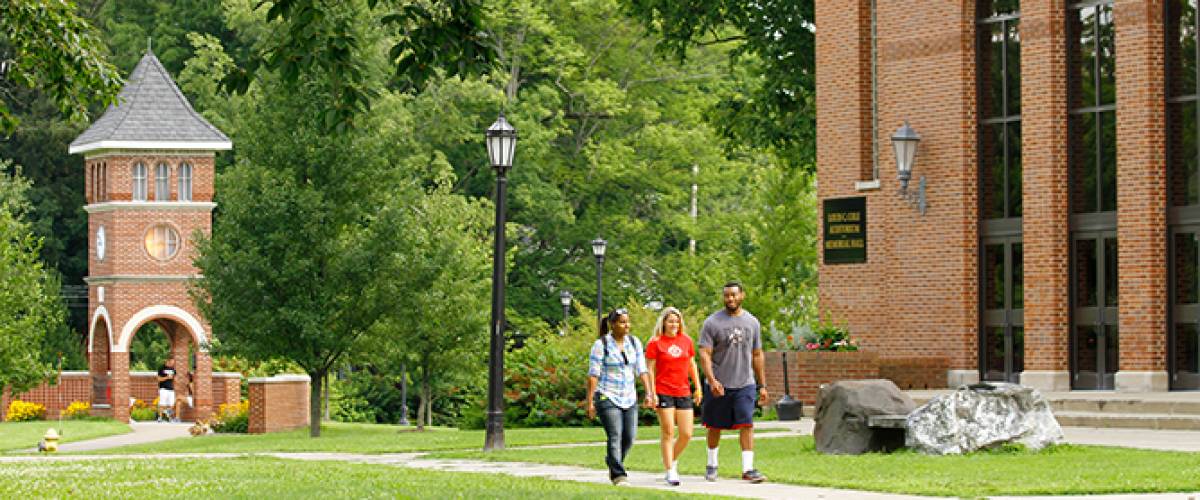
- Average net price per year: $15,223
- Median earnings six years after graduation: $35,400
The Fighting Scots of Edinboro University pay an average amount for their education, but those who need student loans end up taking on a significant amount of debt: $31,324 over four years.
The good news is that only 9.4% of borrowers default on their loans, and after six years in the workforce graduates earn a median salary that’s a couple thousand dollars above the national average.
“Edinboro University is an okay school,” writes a sophomore reviewer. “It is far from the best, but it is not horrible. Overall, student life is very poor, but the school is fairly cheap.”
"California — Unitek College - Fremont
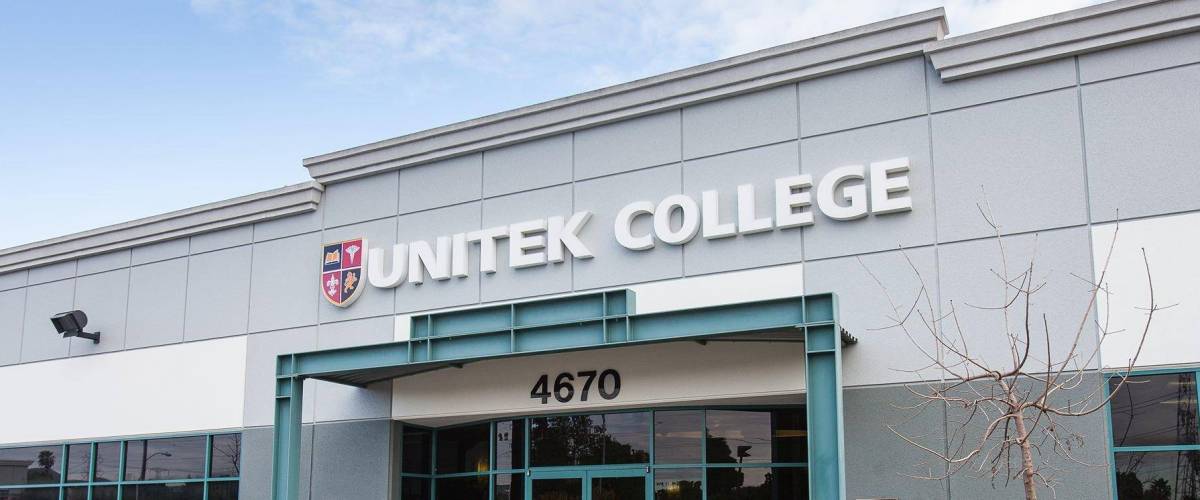
- Average net price per year: $50,281
- Median earnings six years after graduation: Not available
Unitek College reports a 100% graduation rate, but the price to attend is steep — more than three times the national average.
The average student loan debt is also extremely high, at $45,624 over four years. However, the student loan default rate is in line with the national average.
“Facilities refuse to take students on from this school, stating over and over that the students are unprepared and uneducated in the basic requirements,” a junior claims in an online review.
"Montana — Montana State University - Billings
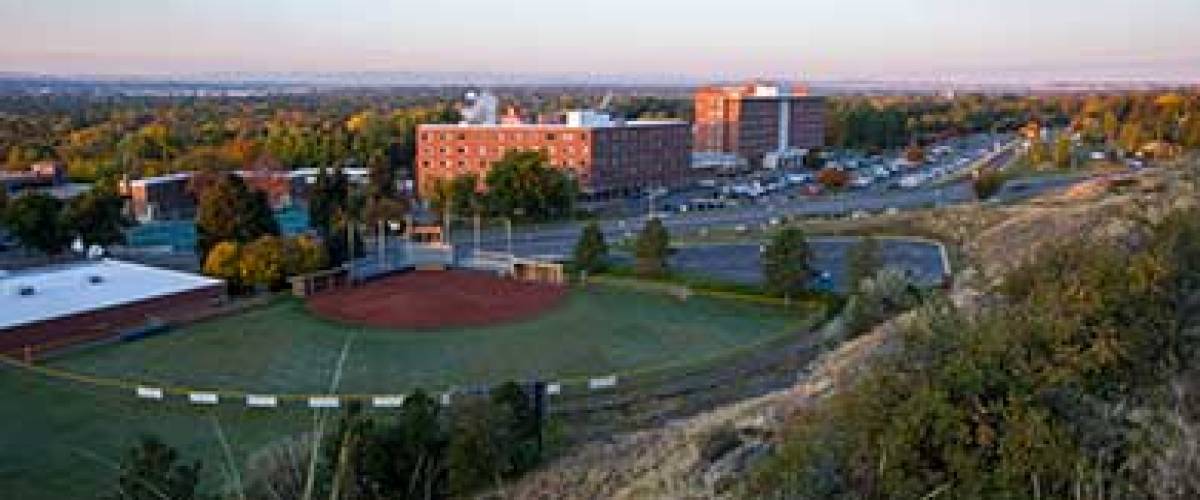
- Average net price per year: $11,859
- Median earnings six years after graduation: $34,600
The net price to attend Montana State University - Billings isn’t bad, after financial aid is factored in, and the median salary six years after graduation is a little above average.
However, only 29% of its students graduate, and at $27,436 the average student loan debt after four years is high.
“This campus is not too bad,” comments one sophomore. “The tuition is reasonable, but the structure is weak. It is great for social gatherings because the community is pretty awesome.”
"Nebraska — Wayne State College
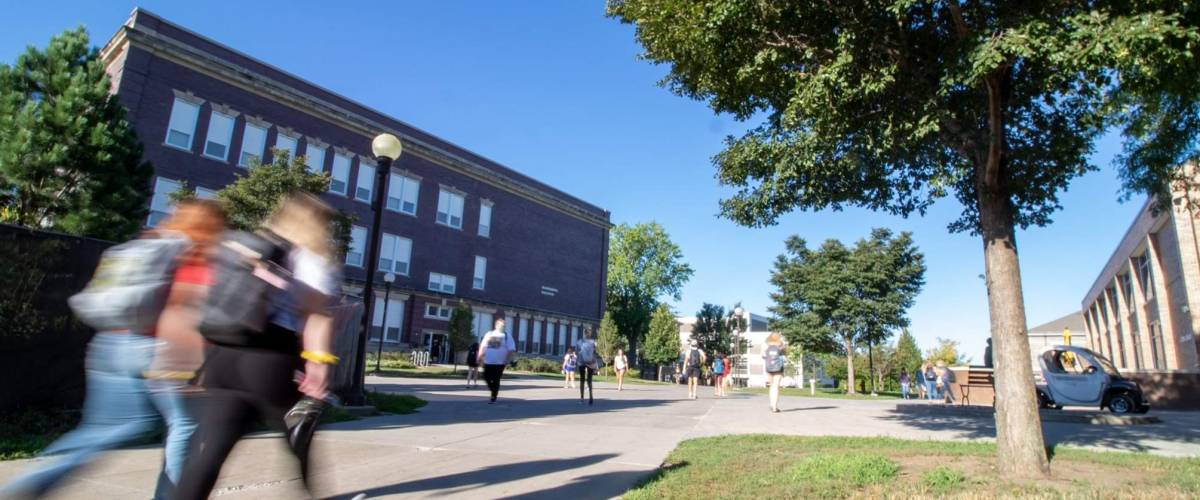
- Average net price per year: $13,193
- Median earnings six years after graduation: $36,100
The net price of tuition at Wayne State College is a tad lower than average, and the median salary six years after graduation is a tad higher. The average student loan debt over four years is a significant burden at $23,000, but only 7.5% of students default on their loans.
“There were quite a few activities and ways to get involved, but the people weren’t welcoming,” a freshman writes in a review online. “The classes were alright, although more often than not the professors seemed to care less about teaching and more about us just taking the class.”
"Alabama — Auburn University at Montgomery
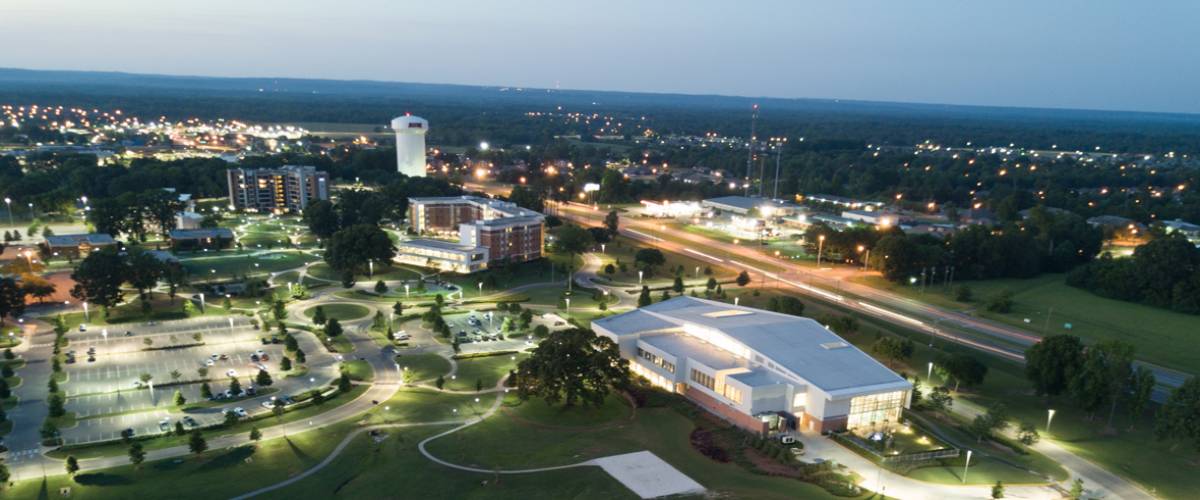
- Average net price per year: $12,807
- Median earnings six years after graduation: $33,300
Although it’s a bit cheaper to attend Auburn University at Montgomery than the national average of $15,523, the average debt load is pretty standard for schools on this list. Students who take out loans to pay for a four-year program borrow an average of $22,556.
The school accepts the vast majority of applicants — 93% — but only 34% actually graduate, which is well below the national average of about half.
“The school is way too expensive for all that they have to offer,” a freshman writes in an online review. “Campus life is dead, and there’s not much to do here. Don’t come here if you want to actually enjoy your college experience.”
"Florida — Florida Technical College - Orlando
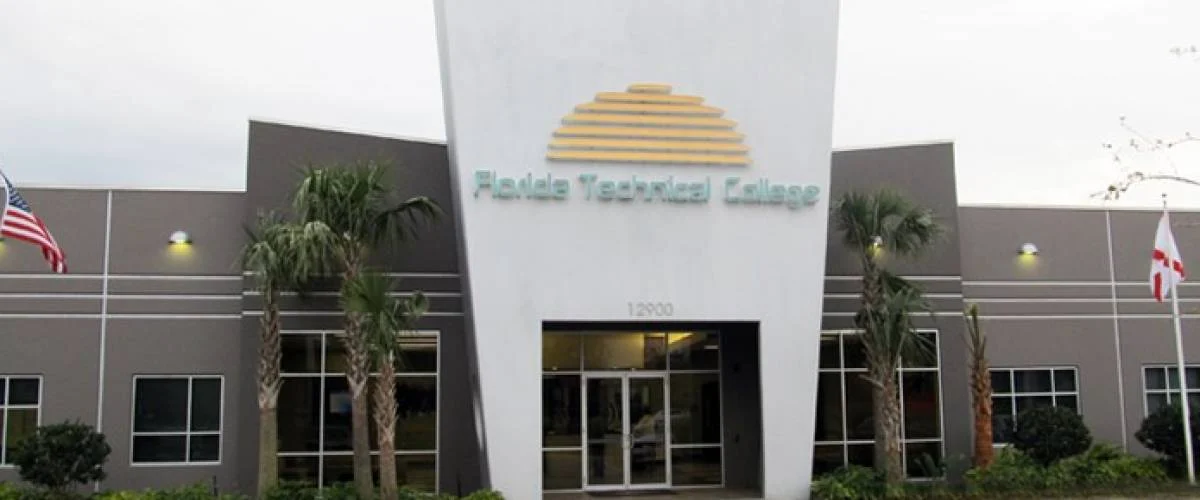
- Average net price per year: $15,442
- Median earnings six years after graduation: $24,600
The cost to attend Florida Technical College in Orlando is about average, but the return on your investment likely won’t be.
The median salary six years after graduation is just $24,600 a year, well below the national average and less than the debt you’d expect to rack up after four years.
“All my grants and loans went to the school, and I will end up being $13,000 in debt,” writes a junior in an online review.
"Arizona — Grand Canyon University
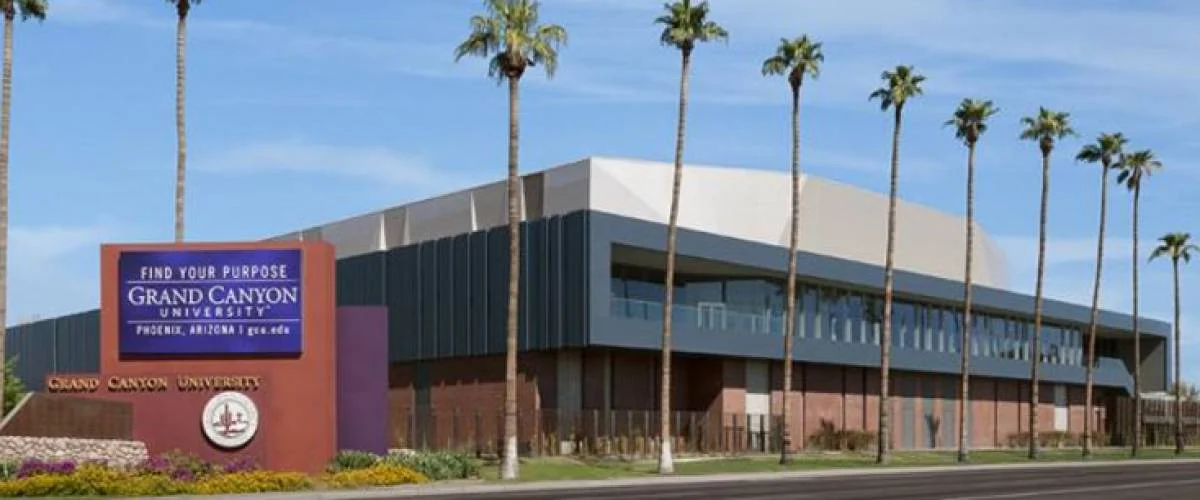
- Average net price per year: $21,403
- Median earnings six years after graduation: $52,700
Grand Canyon University in Phoenix costs considerably more than average, and the typical student loan debt over four years is quite high at $28,540.
On the plus side, the median earnings six years after graduation are almost $20,000 higher than the national average of $33,028, and the default rate on student loans is extremely low.
“I just completed my last class to get a master’s degree in history,” writes a graduate student. “I was told that I had to spend $2,500 of my own money to retake a class — to get one hundredth of 1% of a grade… I would not recommend getting involved with this school.”
"Kentucky — Morehead State University
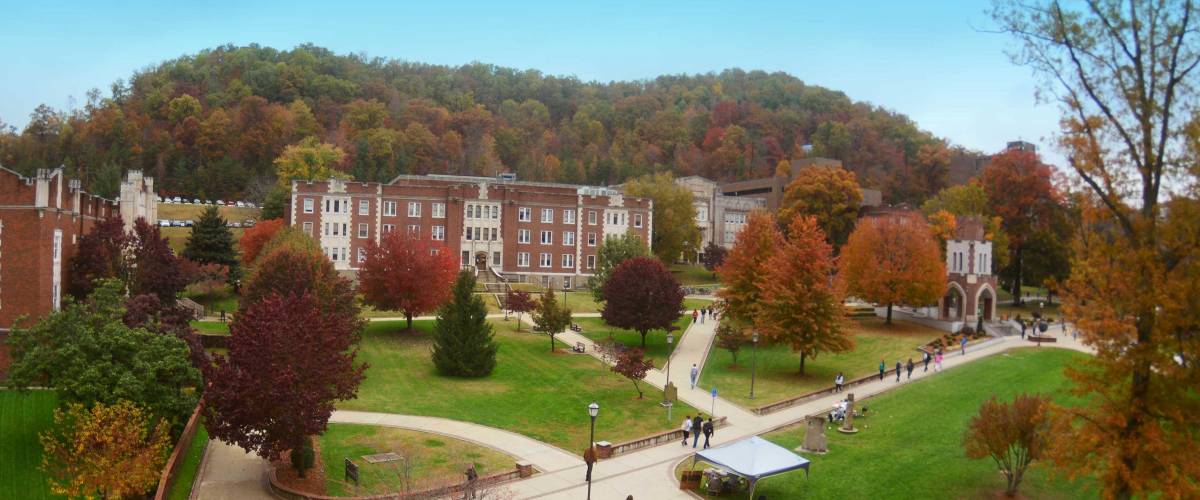
- Average net price per year: $12,528
- Median earnings six years after graduation: $33,100
The cost to attend Morehead State is below the national average, the average student loan debt over four years at Morehead is $24,384, and the rate of loan defaults is just slightly higher than average at 10.7%.
However, some students feel Morehead failed to teach them the essential skills they needed to succeed.
“Hated every minute there,” a recent alumnus wrote. “I have to start all over at a new school just to redo the damage they did in helping me with my future.”
"North Dakota — Minot State University
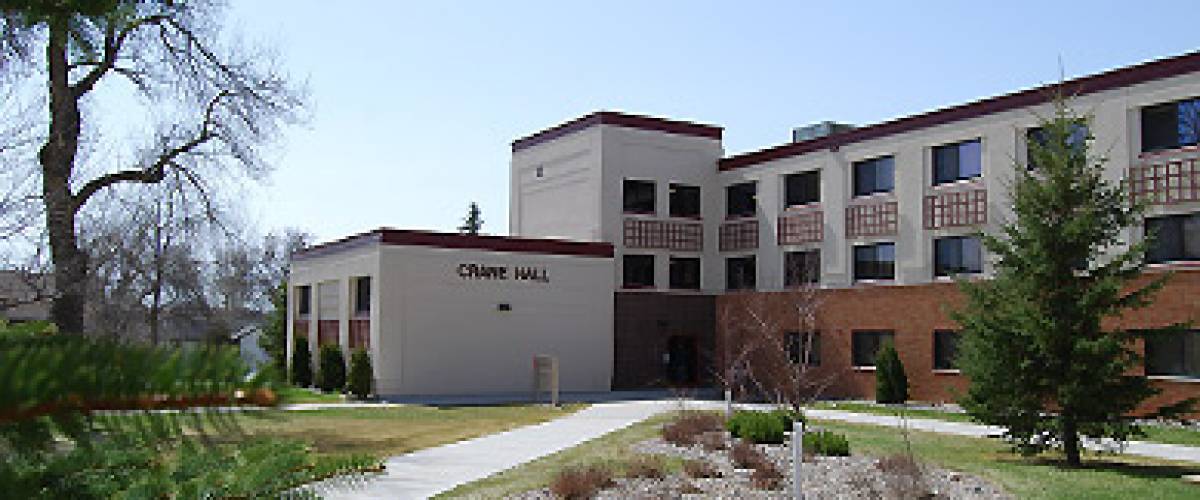
- Average net price per year: $10,153
- Median earnings six years after graduation: $41,200
College options in North Dakota are limited, and other schools just happen to be better than Minot State University.
The net price of tuition is lower than the national average, and the median earnings six years after graduation are solid compared to some of the other schools on this list.
Students who take on loans typically end up with an average debt of $22,548 over four years, but the loan default rate is relatively low at 8.3%
“I like the friendliness of the campus,” a sophomore comments. “You’ll find some really good professors here, and of course some bad apples. But overall, great professors.”
"Ohio — University of Akron
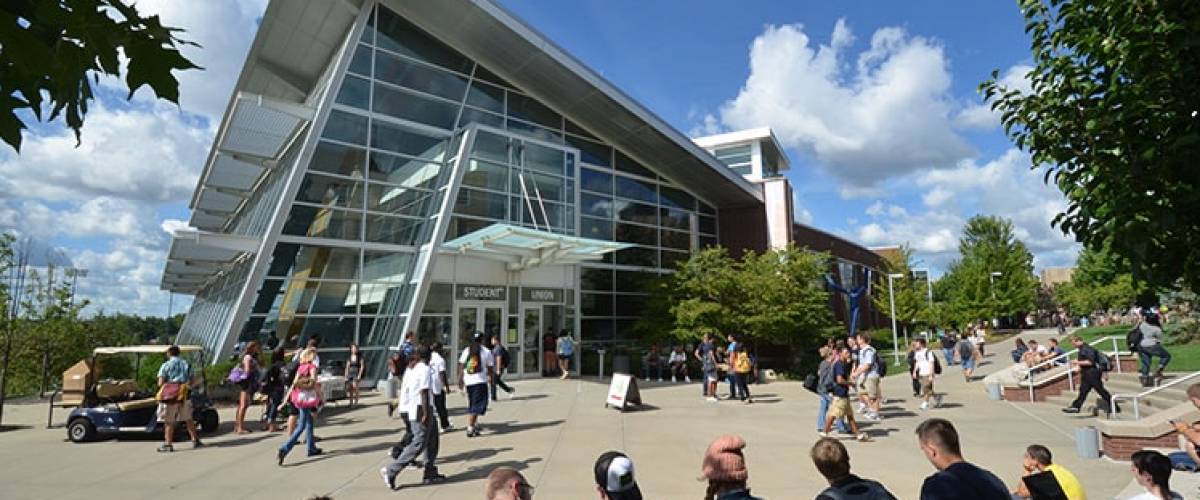
- Average net price per year: $16,269
- Median earnings six years after graduation: $36,500
Tuition at the University of Akron is higher than the national average, and the median salary after six years in the workforce is fine but not exceptional.
That said, UA is still fairly picky: Its acceptance rate is 69%, and only 39% of those who get in will graduate.
Students who take on loans to pay for their education wind up with an average debt of $27,288.
“This school was a waste of money,” a freshman complains in an online review. “I admit that some of the professors were not as bad as the others (because they were BAD). The only good thing about Akron was their athletics.”
"Maine — University of Maine at Augusta
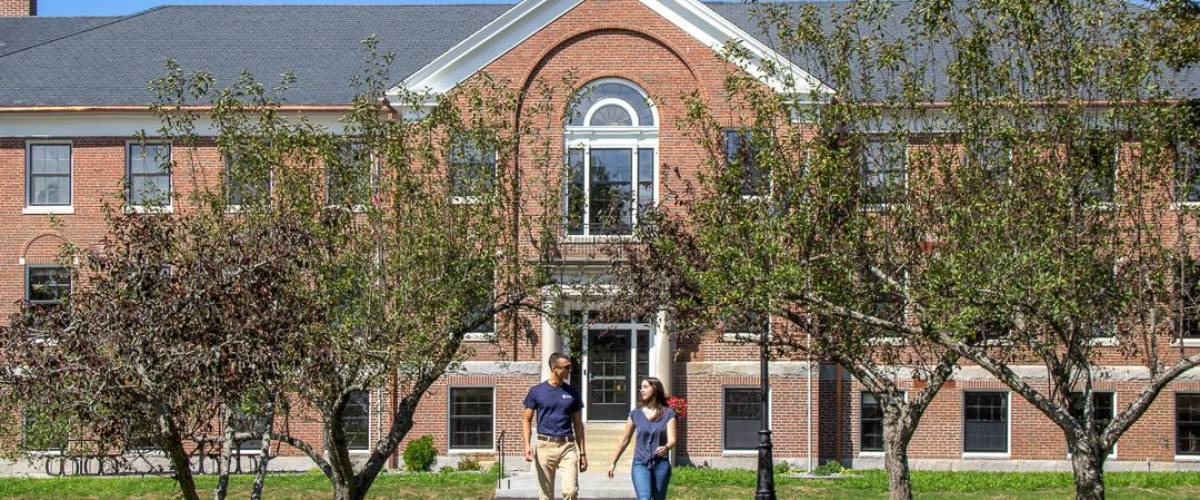
- Average net price per year: $9,899
- Median earnings six years after graduation: $27,700
This is another one of the small schools on our list, since Maine doesn’t have a lot of options when it comes to medium- and large-sized colleges.
You might be attracted to the low cost of tuition at the University of Maine at Augusta, but keep in mind that the median salary alumni earn after graduation is well below the national average.
The graduation rate is also extremely low at 18%, and student borrowers default on their loans at a rate of 16.8%, which is significantly higher than average.
“Small class sizes make it easier to know your professor and ask for help,” a freshman writes. “However, the campus is not very diverse and the food is not great. It’s an average school. A cheap-costing school with an average education.”
"Oregon — Western Oregon University
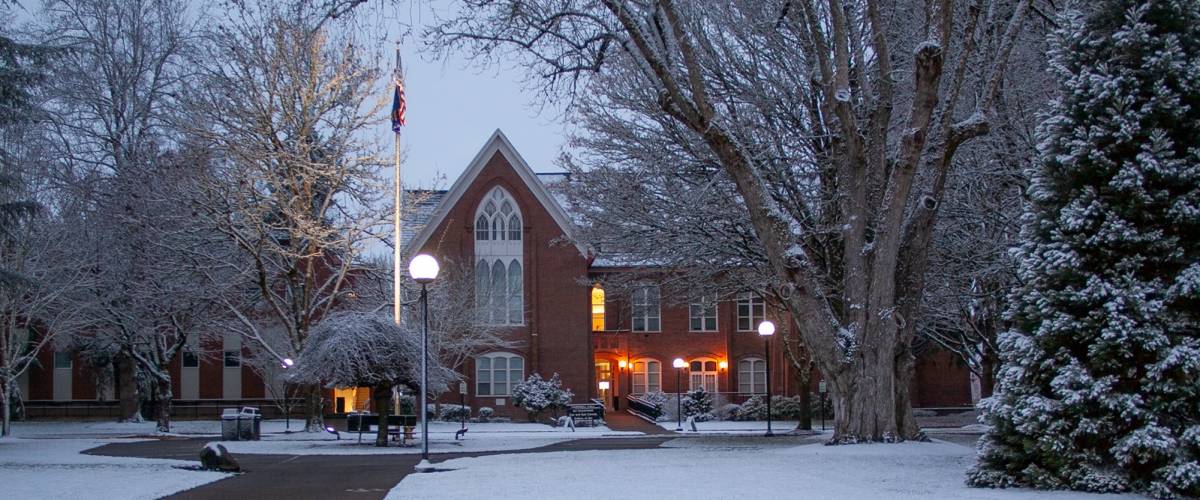
- Average net price per year: $15,496
- Median earnings six years after graduation: $39,700
While the net cost of attending Western Oregon University is almost identical to the national average, the expected salary for graduates after six years in the workforce is a cut above.
Average student loan debt over four years is $23,696, a few borrowers run into enough financial trouble to default.
Overall, you could do a lot worse than Western Oregon University — but also a lot better if you looked at schools in other states.
“The value of a degree from this school is decent, as well as respected,” a junior writes, “but the student must stand out and build a portfolio and network of connections while at WOU if they hope to attain a great job.”
"Mississippi — Delta State University
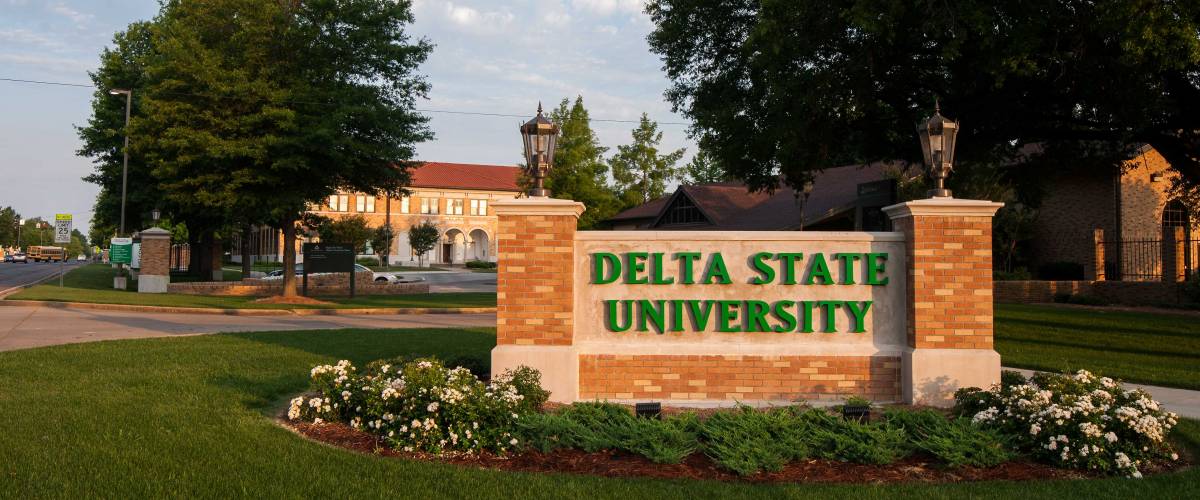
- Average net price per year: $12,814
- Median earnings six years after graduation: $33,700
Delta State in Cleveland, Mississippi, is the largest of the small schools on our list, with the student population falling just shy of the 2,000 threshold.
The net price of tuition is lower than average, and the median earnings for alumni after six years in the workforce is just slightly above the national average. Not bad, but also not impressive.
The average student loan debt over four years is $24,084, and the loan default rate is 10.3%.
“The price reflects the value,” a junior comments in a review. “There’s plenty of academic aid to be found if needed, but some classes have seemed quite disorganized.”
"South Carolina — Coastal Carolina University
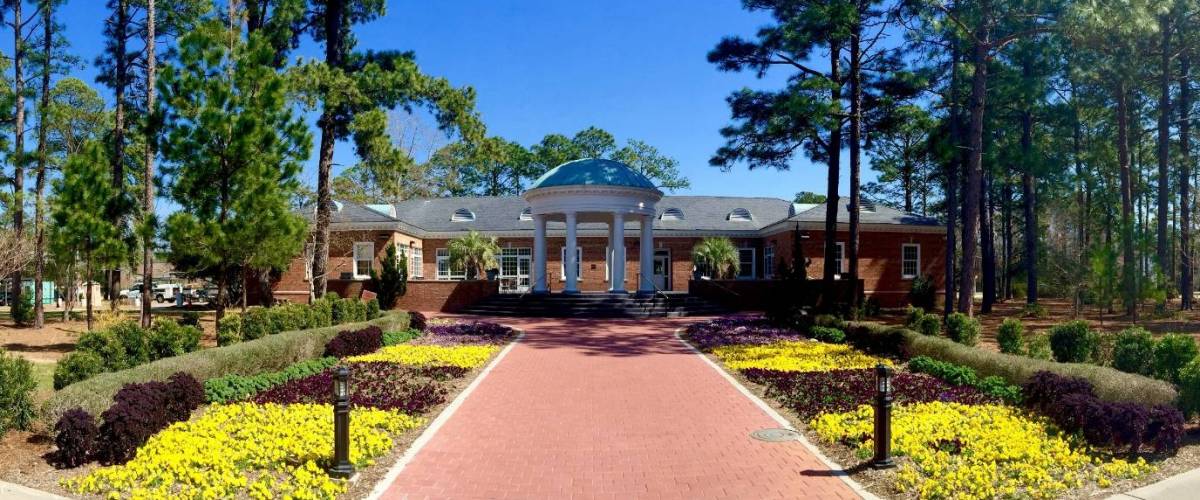
- Average net price per year: $16,368
- Median earnings six years after graduation: $38,500
Tuition at Coastal Carolina University is just a tad more expensive than average, but the students who attend are taking on a heavy burden to pay for it.
The typical student borrower is staring down $37,692 in debt after four years of schooling, and their slightly above-average earnings aren’t helping them pay it off quickly.
“They really don’t care, and all they want is money,” complains one senior reviewer. “Learned nothing here, no one likes it other than its location. Place is a trap.”
"New Jersey — New Jersey City University
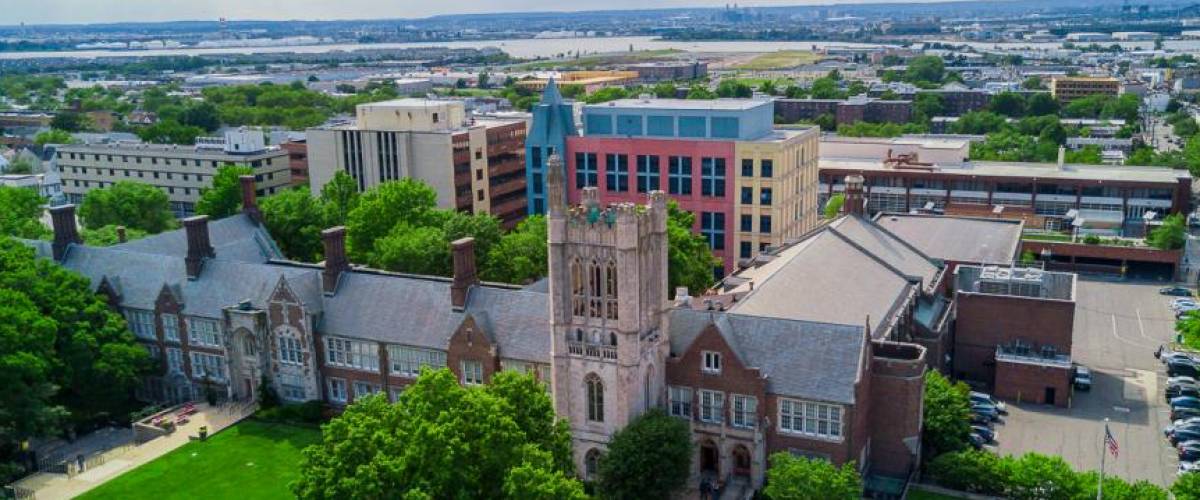
- Average net price per year: $12,476
- Median earnings six years after graduation: $42,700
The net price of tuition at New Jersey City University is below average, and you can expect to earn a good salary after a couple years, but the average student loan debt over four years is high at $31,256, and only 39% of NJCU students graduate.
“I’ve had an average experience with NJCU,” writes one junior, in an online review. “The professors are incredible and do what they can with limited resources, but admissions and financial aid have made it very difficult for me. They raised tuition during a pandemic … that speaks volumes!”
"Tennessee — Austin Peay State University
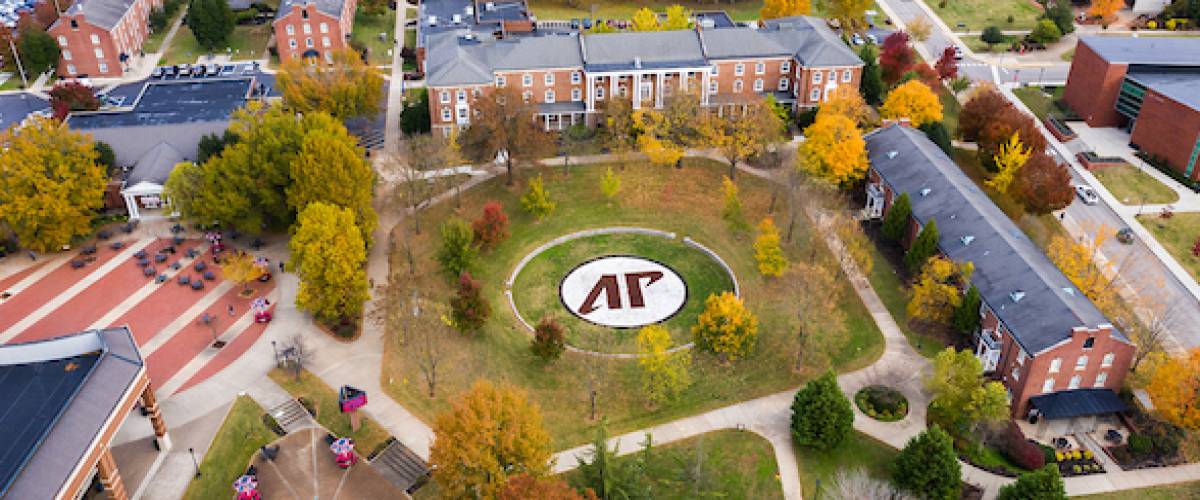
- Average net price per year: $13,331
- Median earnings six years after graduation: $34,900
Going to Austin Peay State University may save you a few thousand dollars, but you’re not getting a ton of long-term value for your degree. Earnings are just about average, nationwide.
Even though the school is a bit cheaper than other options, those taking on student loans are still racking up a significant debt load of $22,796, and an above-average 12.4% of APSU students end up defaulting.
“Austin Peay is an average school: You get what you pay for,” a senior comments in an online review. “The best thing about the university is that it is one of the cheapest options in the state of Tennessee. If you can afford a better and more expensive school, then do it.”
"Connecticut — Southern Connecticut State University
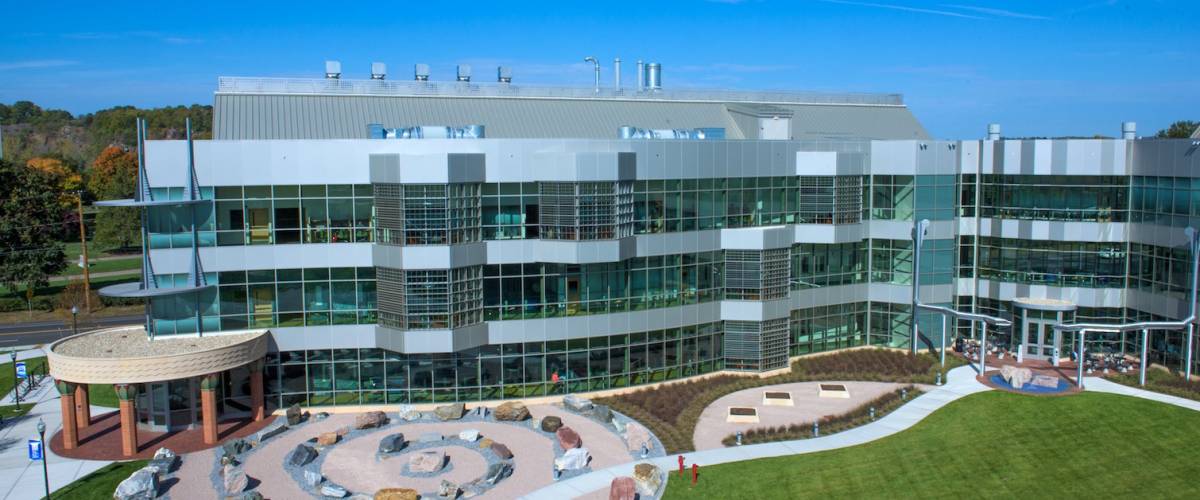
- Average net price per year: $17,389
- Median earnings six years after graduation: $45,300
Southern Connecticut State University’s net price is higher than average, leading to a pricey average debt load of $26,936 over four years.
On the plus side, the median salary six years after graduation is more than $12,000 above the national average, and the graduation rate is slightly above average as well.
“This is an average school,” a freshman reviewer writes. “It’s a business, though. Many degrees are meaningless, and the school knows this.”
"Wyoming — University of Wyoming
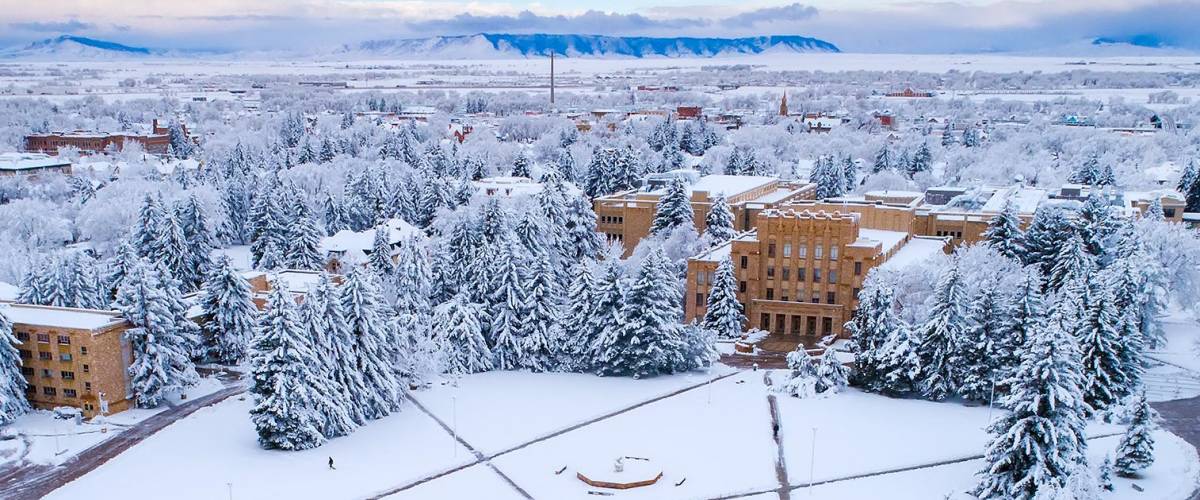
Average net price per year: $12,999
Median earnings six years after graduation: $47,300
The University of Wyoming is simultaneously the worst and best option available, as the Equality State has only one secular four-year school.
The net price of tuition is reasonable, while the median salary six years after graduation is well above the national average.
UW students who take on student loans do rack up an average debt of $26,476 over four years, but the rate of loan defaults is miniscule at 4.9%.
“The University of Wyoming is a great, affordable college that more people should consider,” a junior writes. “With smaller class sizes and dedicated professors, students are able to develop personal and academic relationships that can last a lifetime.”
"Idaho — Idaho State University
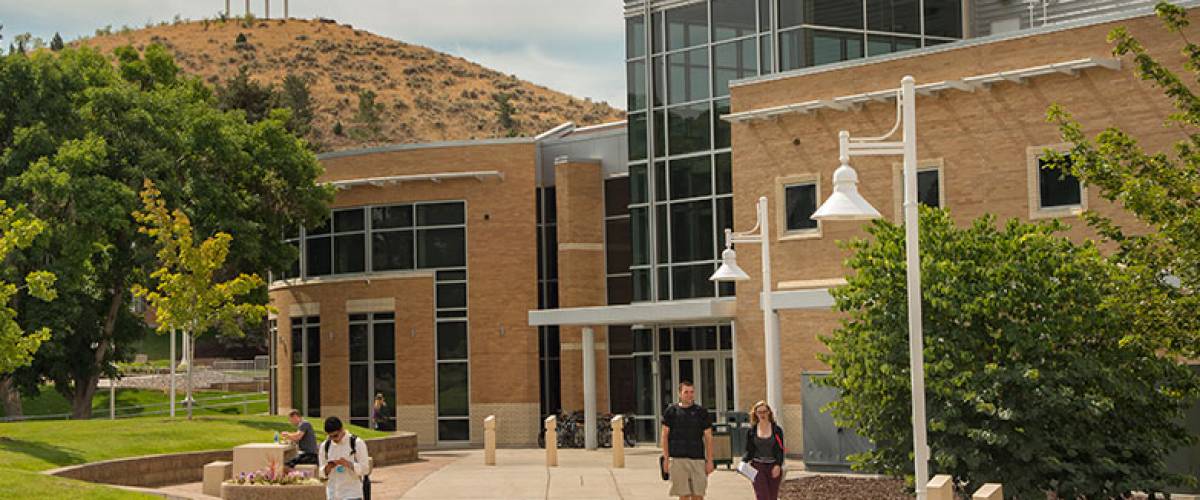
- Average net price per year: $13,349
- Median earnings six years after graduation: $35,700
Idaho doesn’t have many medium- and large-sized colleges, so although Idaho State University comes in at the bottom of the pack, it isn’t bad in terms of value.
The net price of tuition is slightly below the national average, and the median earnings six years after graduation are slightly above average. The typical student loan debt over four years is $21,876, and only 7.6% of borrowers default on their loans.
“It is a decent university, but the prices are continually climbing ever higher,” a senior says in a review online.
"West Virginia — Valley College - Martinsburg
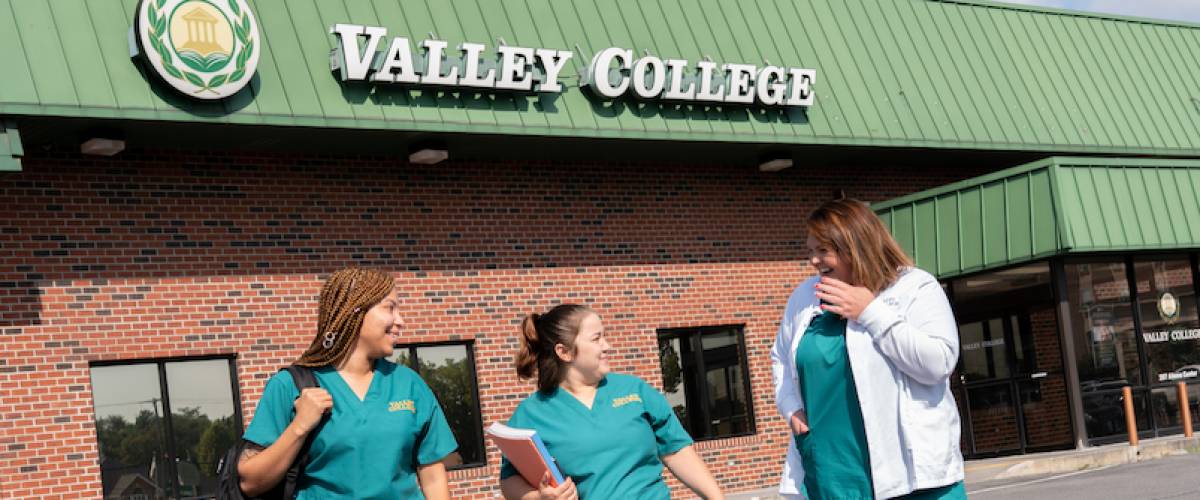
- Average net price per year: $25,183
- Median earnings six years after graduation: $22,100
Valley College Martinsburg is the last of the small schools on our list. West Virginia doesn’t have an abundance of options for higher education, but don’t let that force you into choosing this one.
The net price of tuition is almost $10,000 higher than the national average, but the median salary six years after graduation is barely enough to live on.
The average student debt after four years is also extremely high at $41,464, which helps explain why a staggering 22.5% of students end up defaulting on their loan.
“I wasn’t very fond of the fact that they didn’t tell me I wouldn’t be able to get a job after I graduated,” a graduate student complains online. “I have to take an exam to be ‘certified,’ then take another to be credible to employers. But the overall experience was good.”
"Indiana — Vincennes University
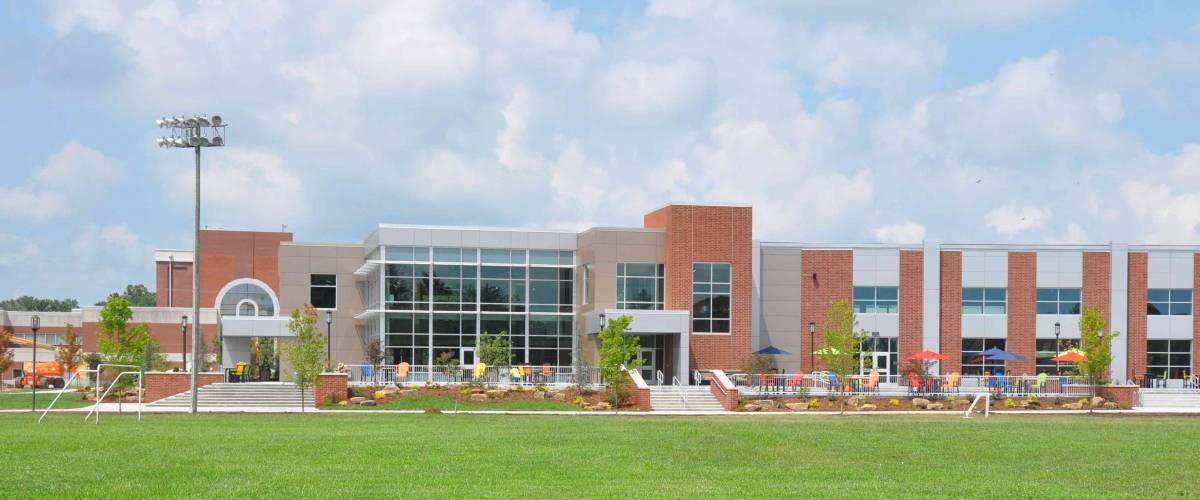
- Average net price per year: $9,937
- Median earnings six years after graduation: $32,800
Tuition at Vincennes University is cheap, but the median salary six years after graduating is slightly below average.
On top of that, the average student loan debt over four years is high at $30,456, and a staggering one-fifth of borrowers default on their student loans, which is more than double the national average.
“You get what you pay for, as this is possibly the most budget-friendly school in the state of Indiana,” a sophomore comments. “Teachers can be hit or miss, class sizes are reasonable, and the overall facility is fairly well kept.”
"Utah — Dixie State University
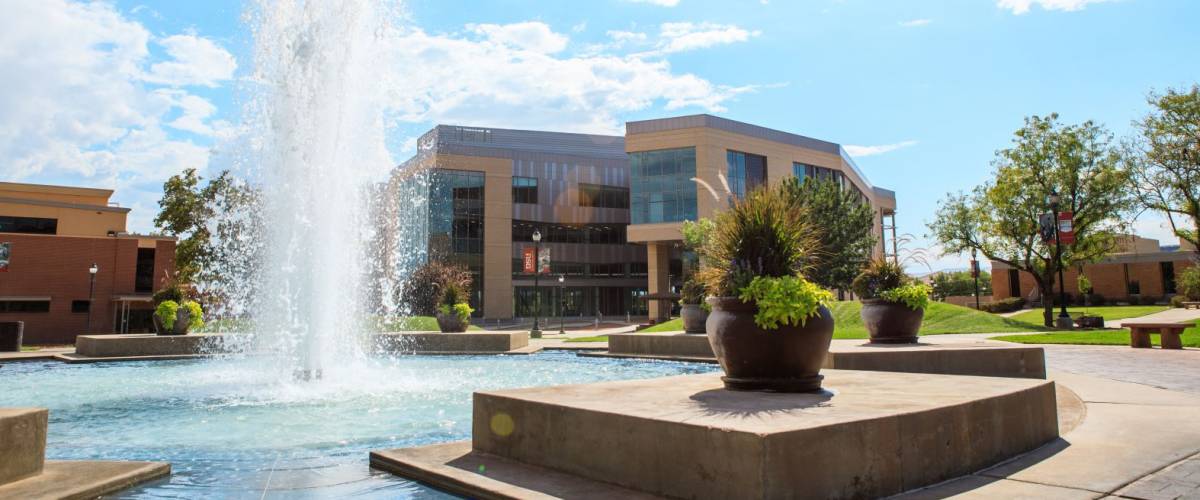
- Average net price per year: $14,458
- Median earnings six years after graduation: $35,400
Dixie State University is the home of the Trailblazers, but this school isn’t exactly blazing ahead of its peers.
Tuition and expected earnings are both about normal. Meanwhile, the graduation rate is only 35%, and a slightly above average percentage of DSU students are defaulting on their student loans.
“The school has gained a bit of a reputation for not preparing students for higher level classes, and for their careers for that matter,” an alumnus says in a review. “It does have being cheap going for it, though.”
"Arkansas — University of Arkansas at Little Rock
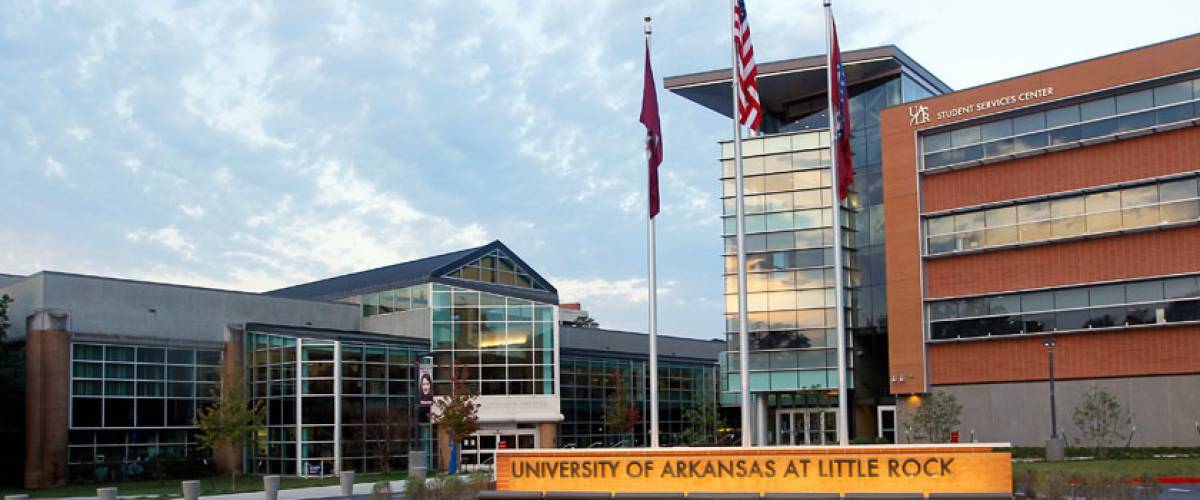
- Average net price per year: $13,256
- Median earnings six years after graduation: $34,900
While the net price to attend the University of Arkansas at Little Rock is slightly below average, the typical debt load for students who take out loans is high: $27,112 over four years.
The median earnings after six years in the workforce are a bit higher than the national average but are still nothing to write home about.
“As a college student, I should have a better college experience on campus if I pay all of this tuition,” a freshman writes. “There should be better campus activities available for students to make it more enjoyable and less dreadful.”
"Georgia — Georgia Gwinnett College
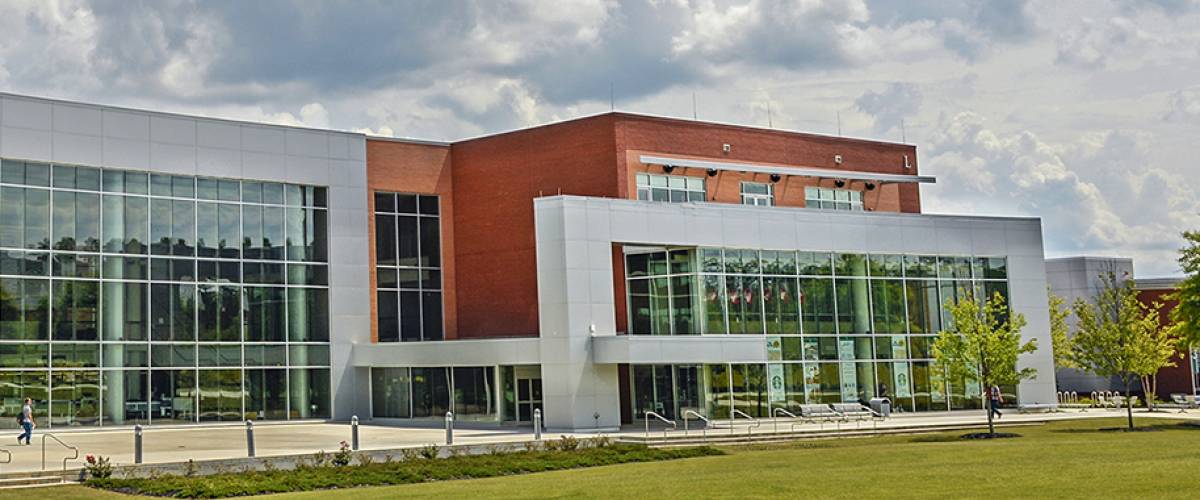
Advertisements
- Average net price per year: $11,735
- Median earnings six years after graduation: Not available
Georgia Gwinnett College’s tuition costs are less than the national average, but unfortunately no data was available on how much graduates earn after six years in the workforce.
What we do know, however, is that despite a 100% acceptance rate, only 17% of the students at Georgia Gwinnett College graduate.
The average student loan debt after four years at the school is $20,744, and 13.4% of borrowers default on their student loans.
“My son attended the school for one semester and dropped out,” the parent of a freshman writes. “The graduation rate is 17%, that speaks volumes… You get what you pay for.”
"


Comments